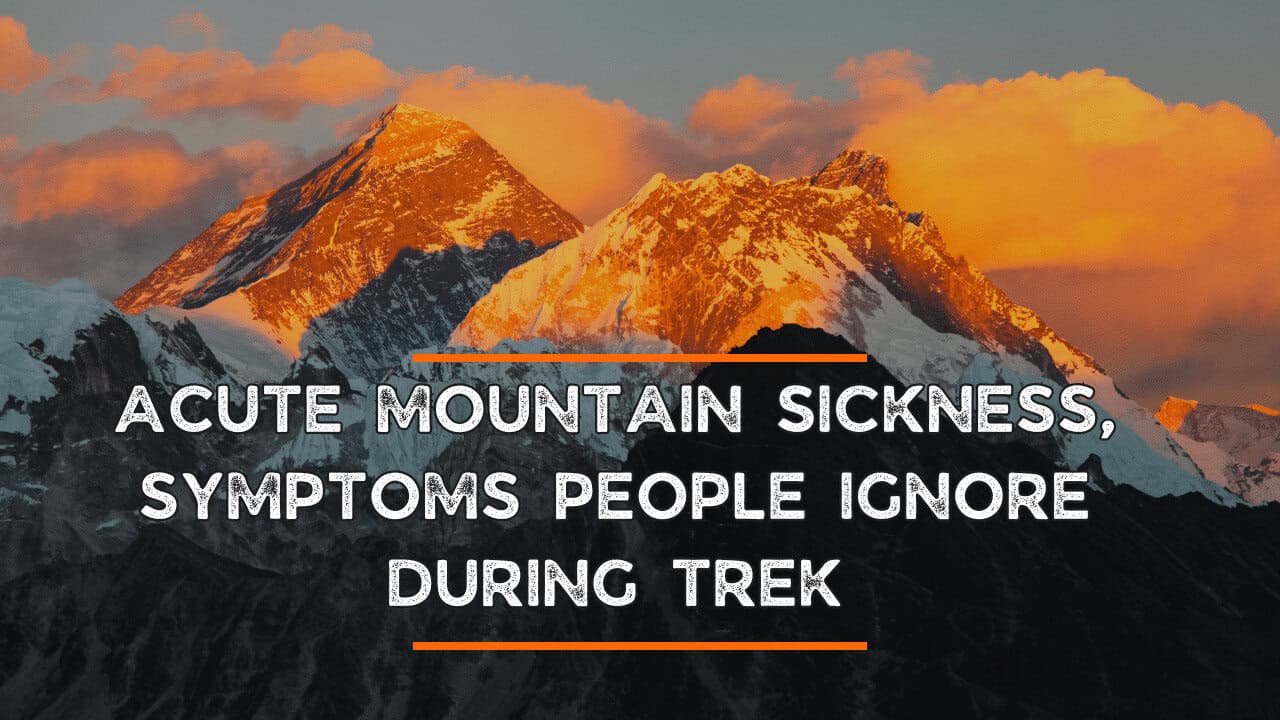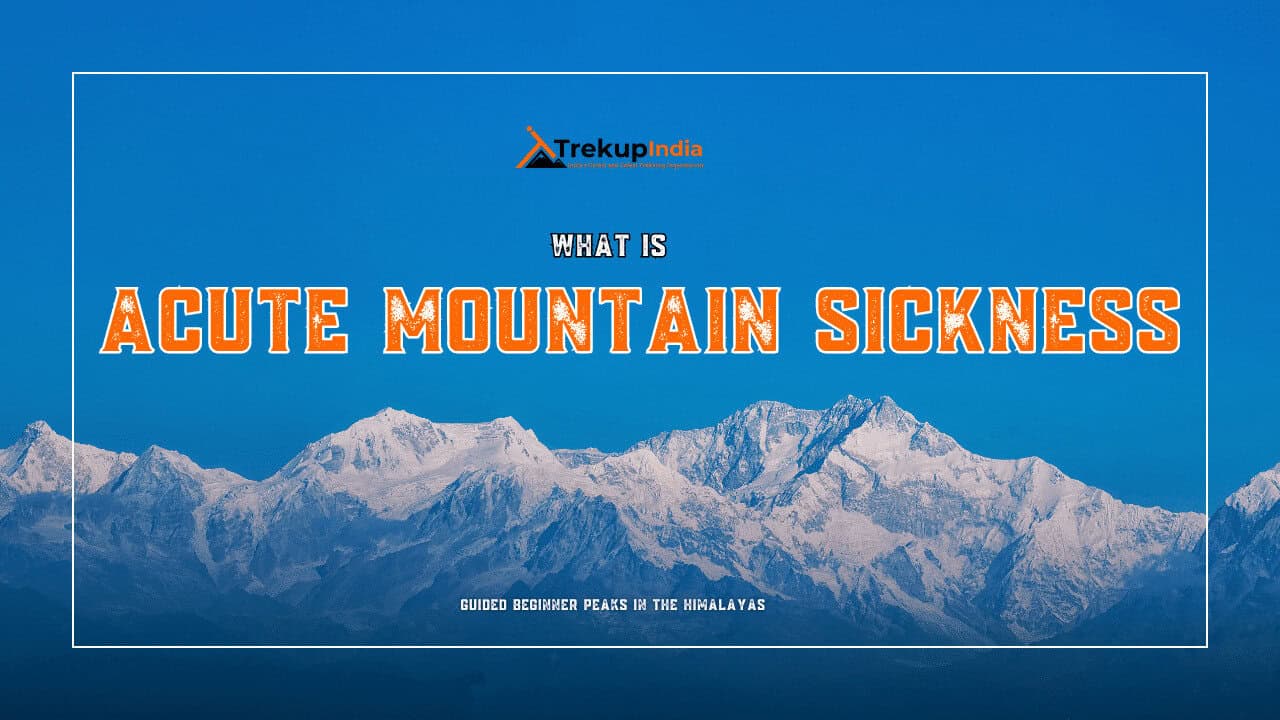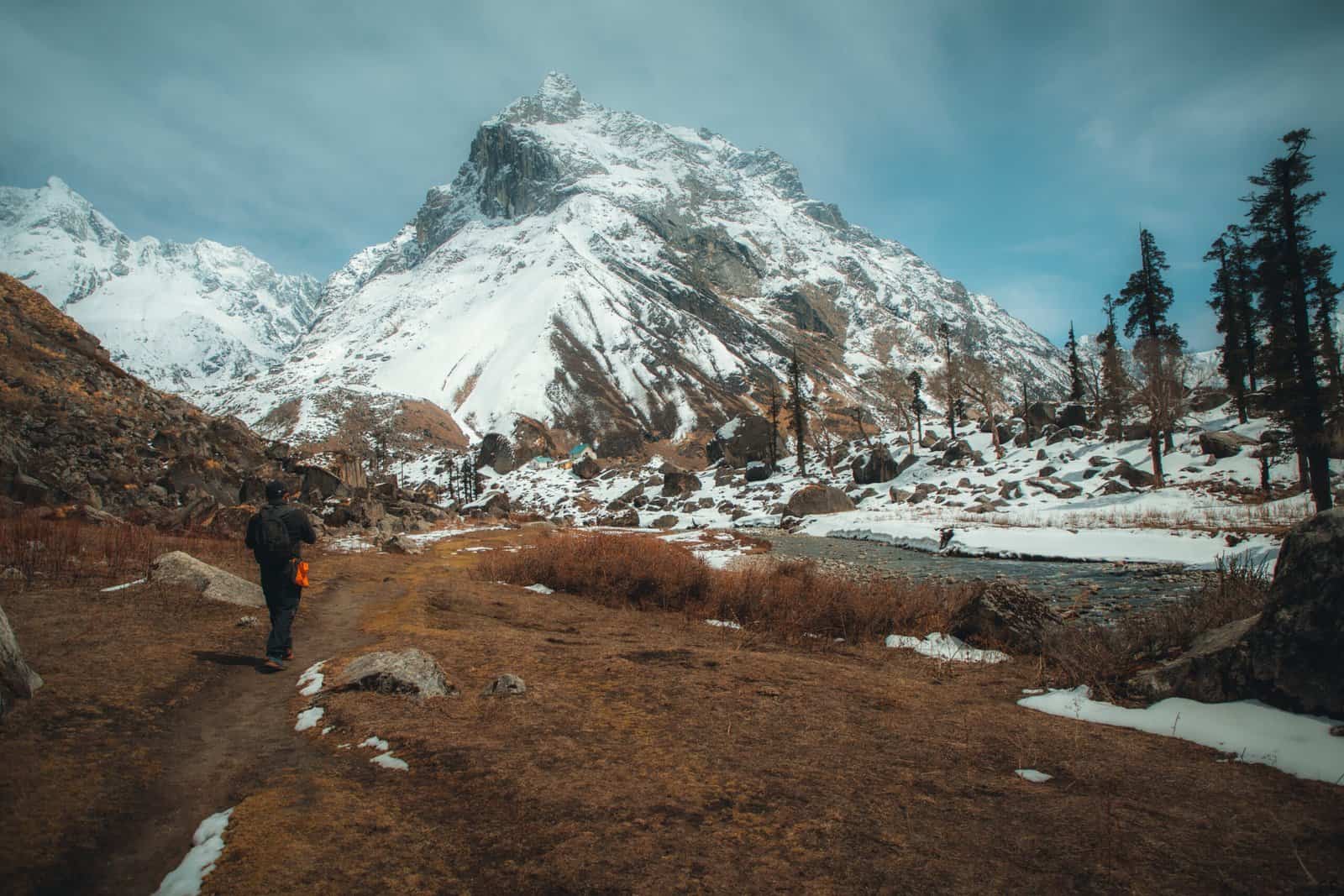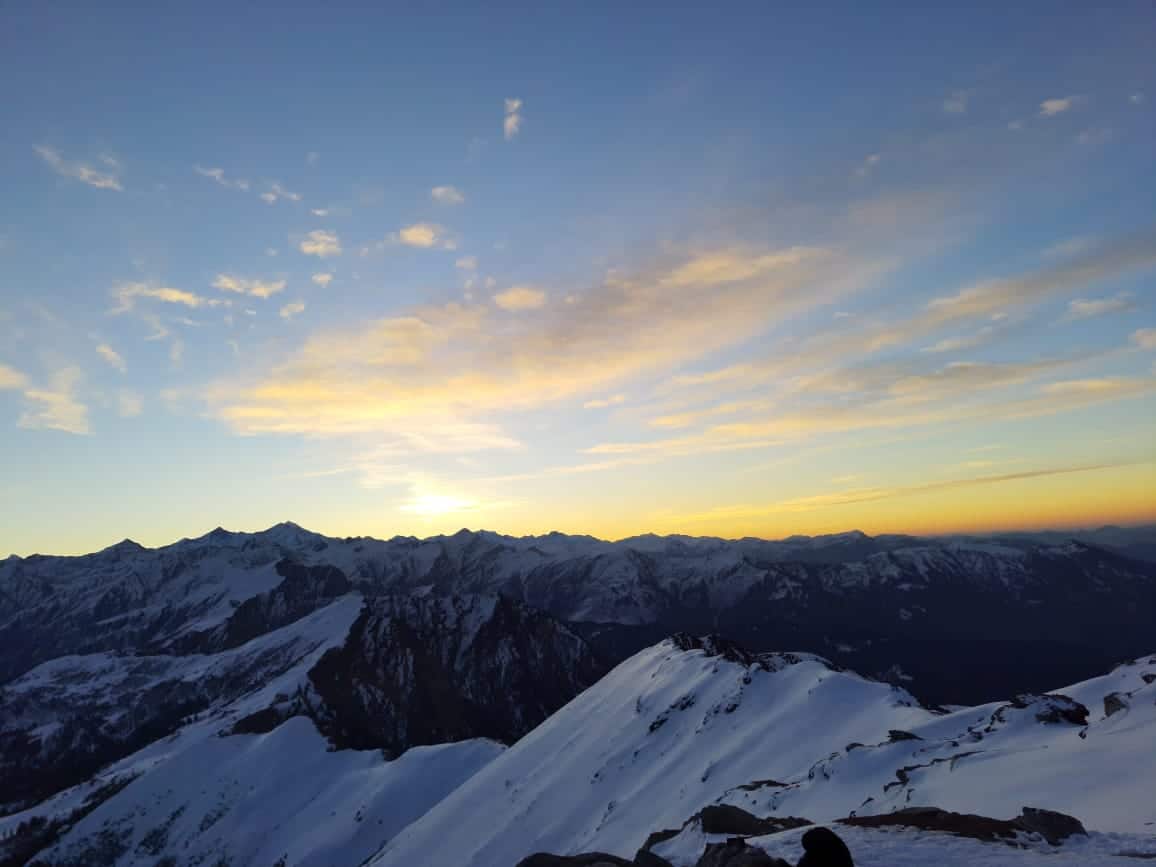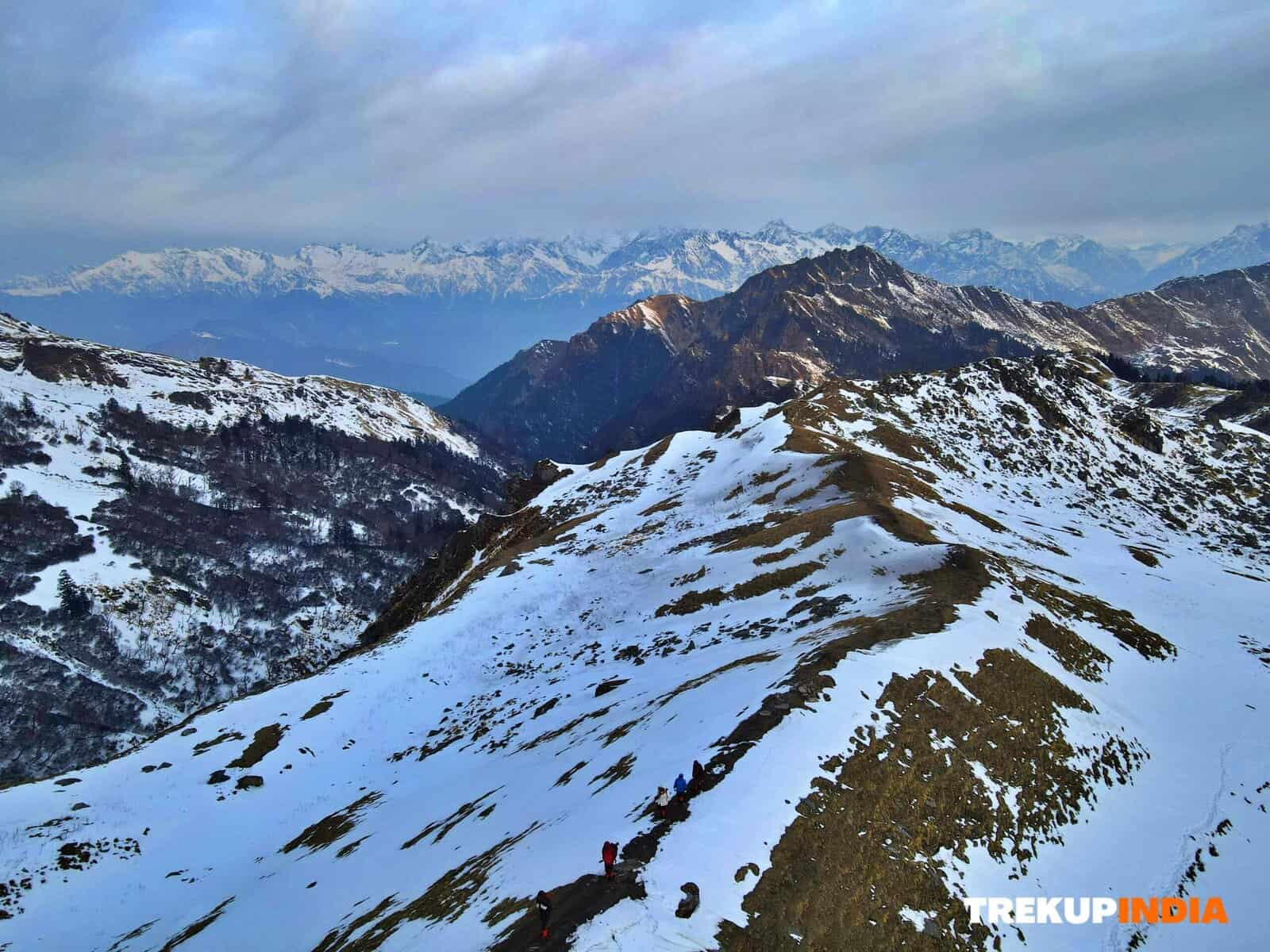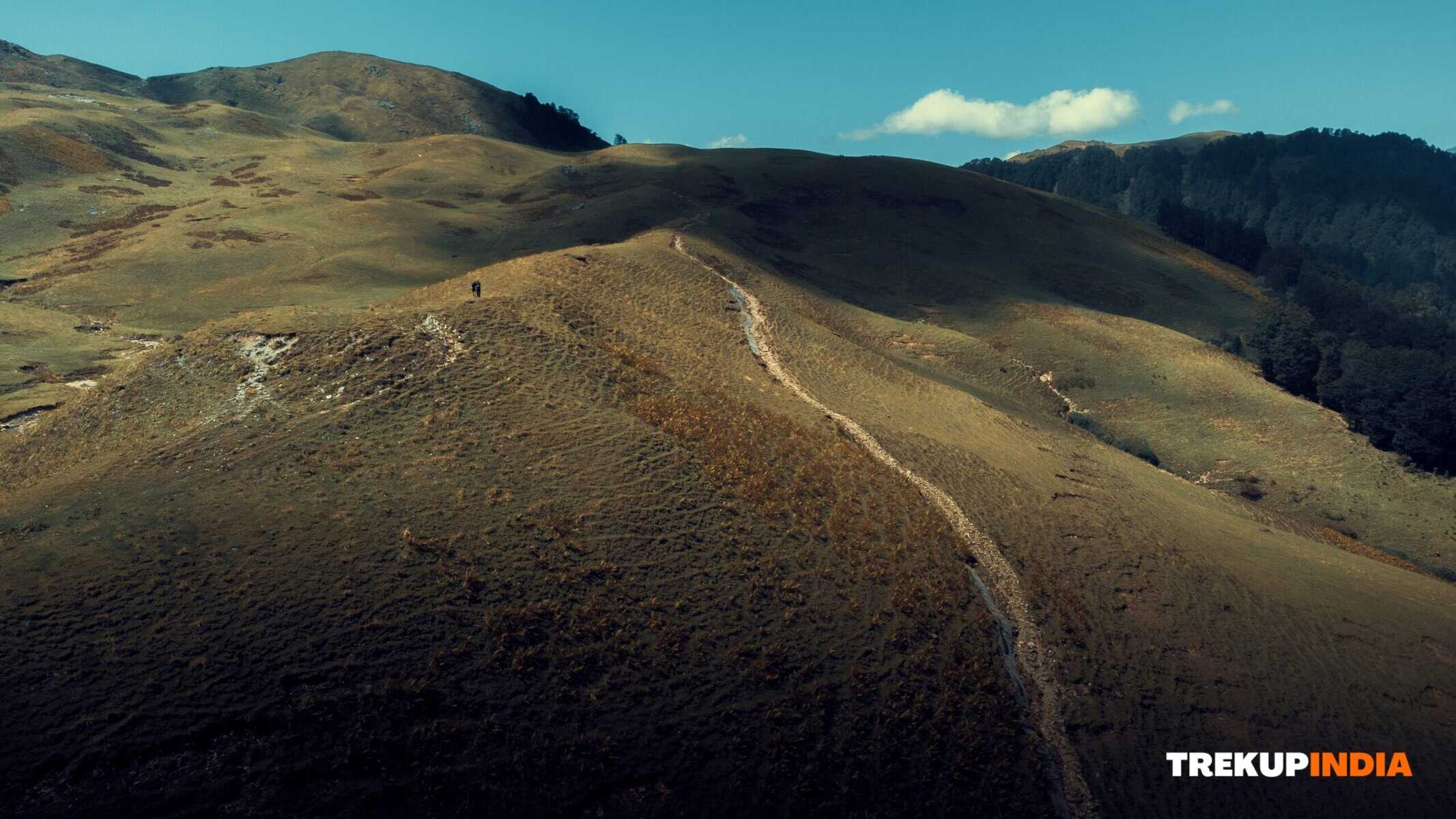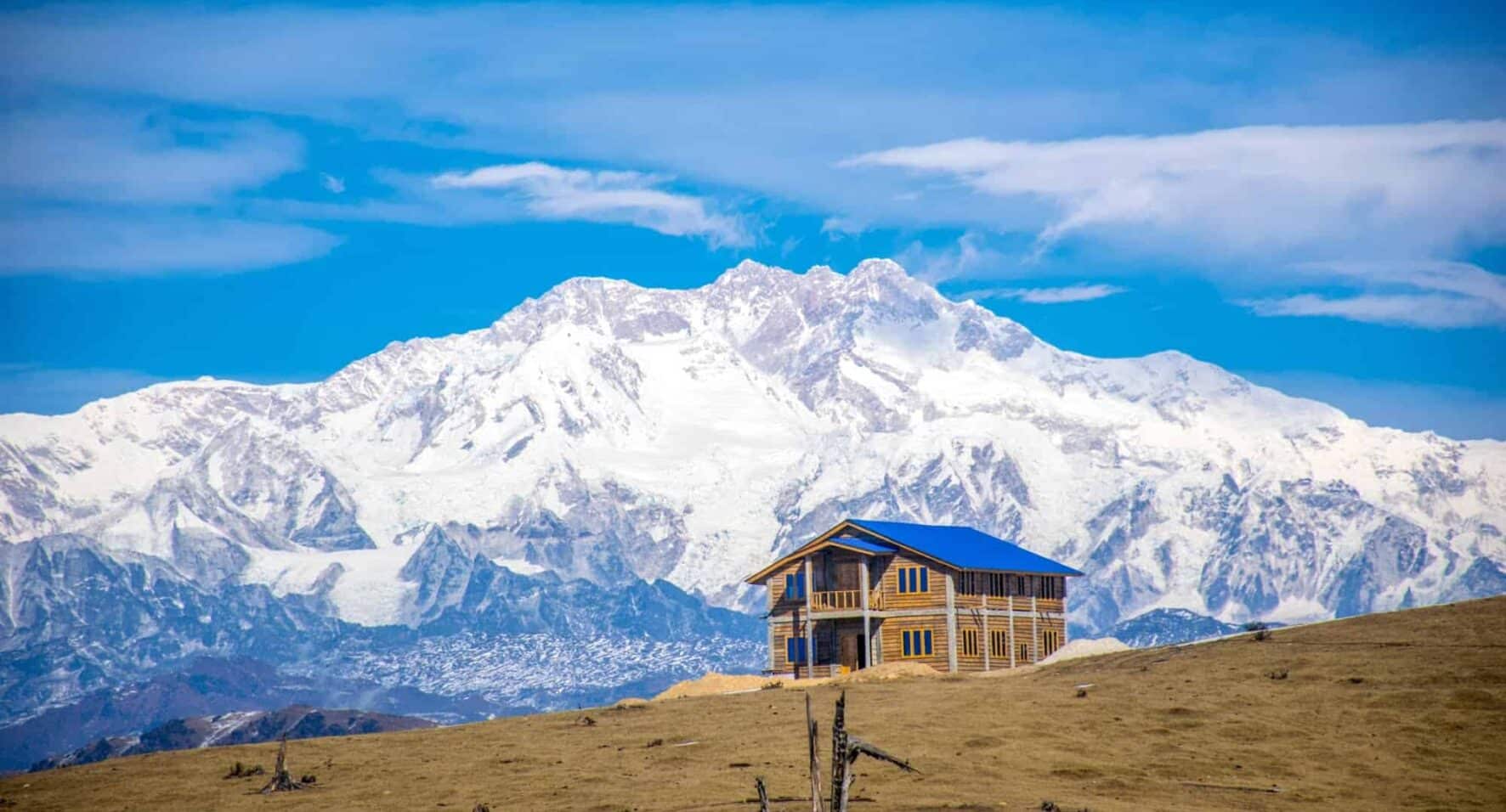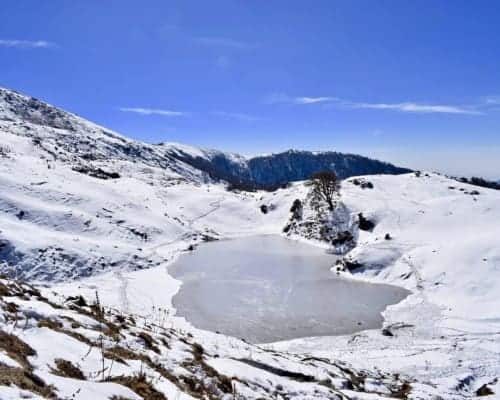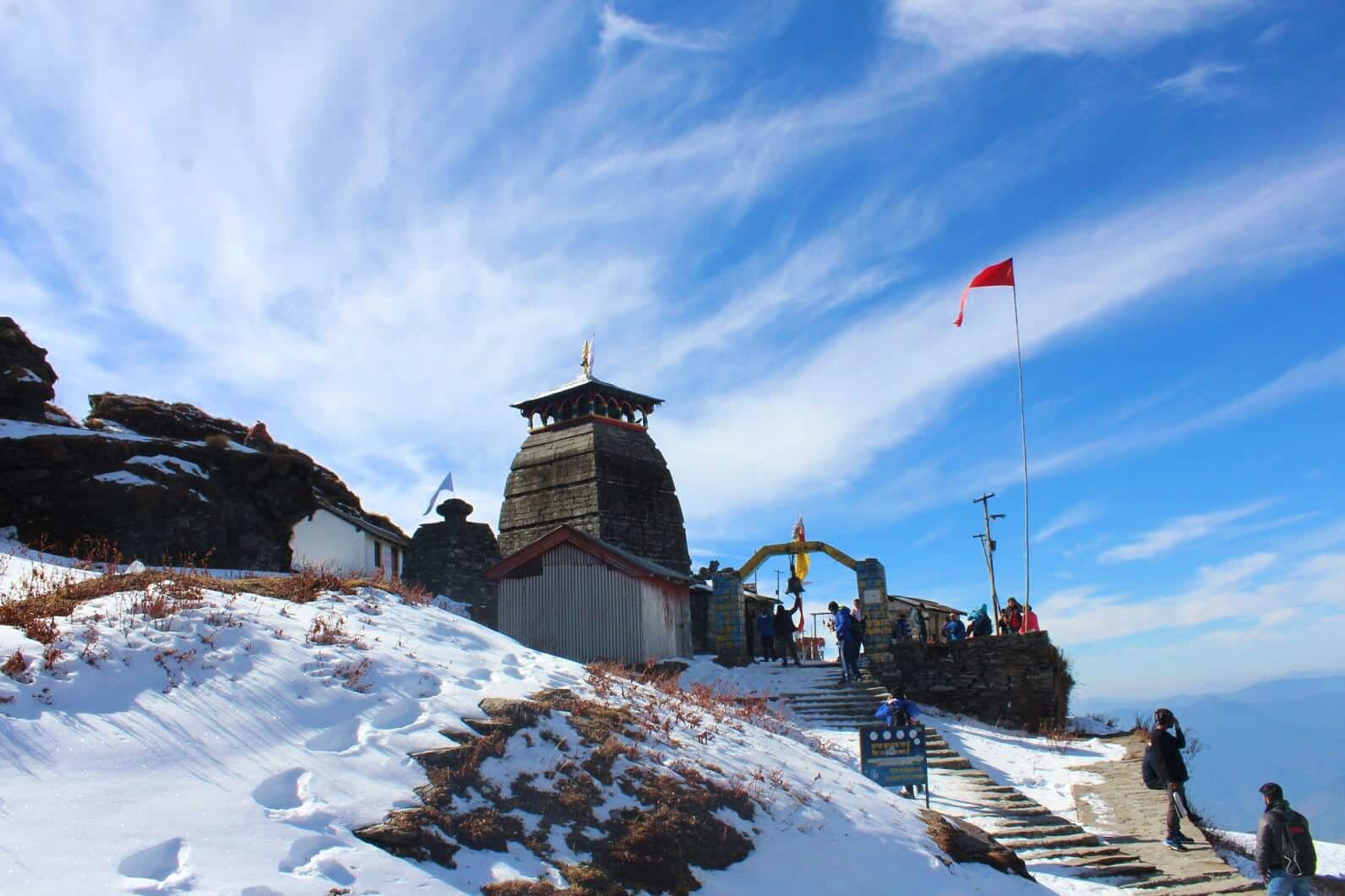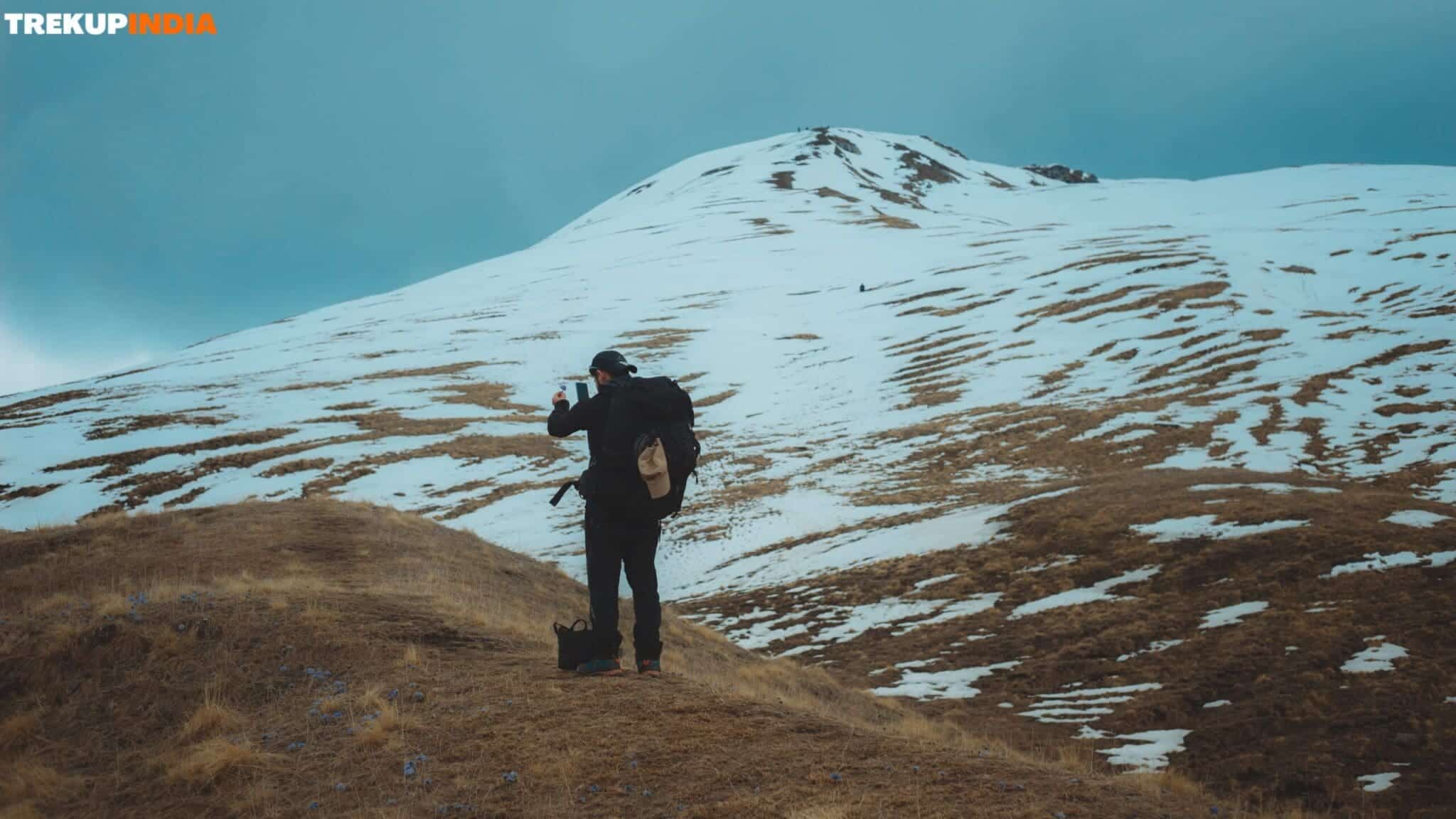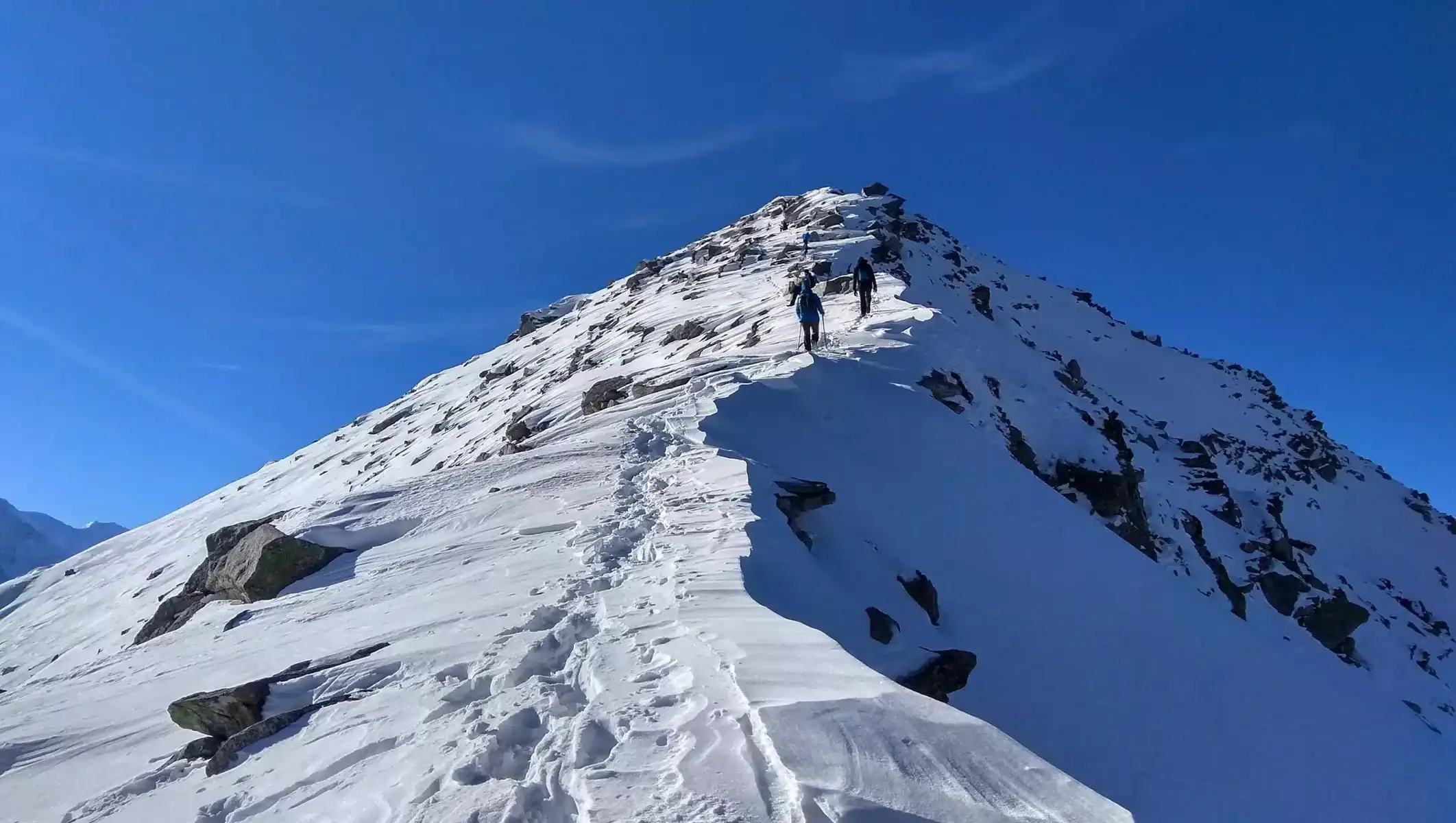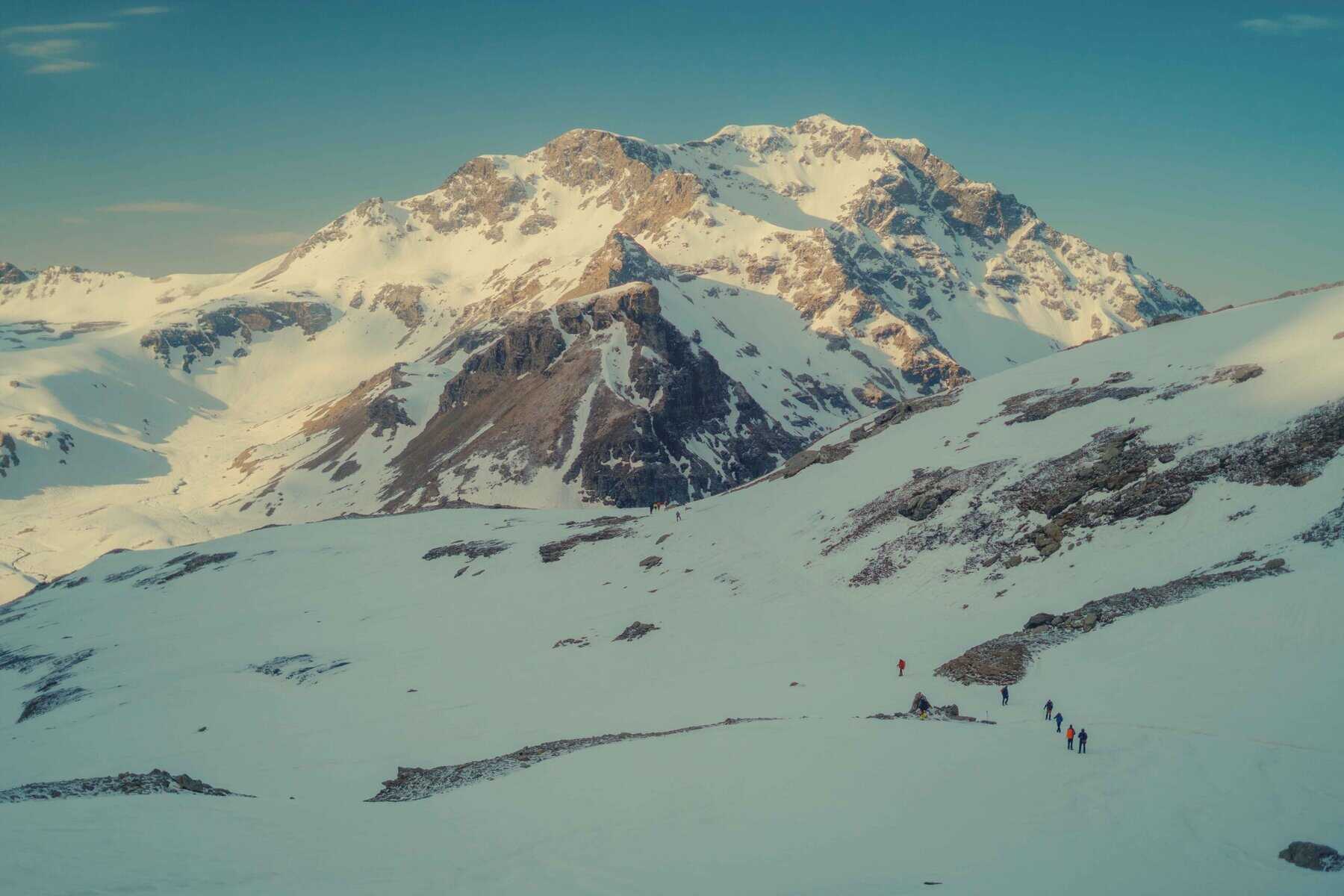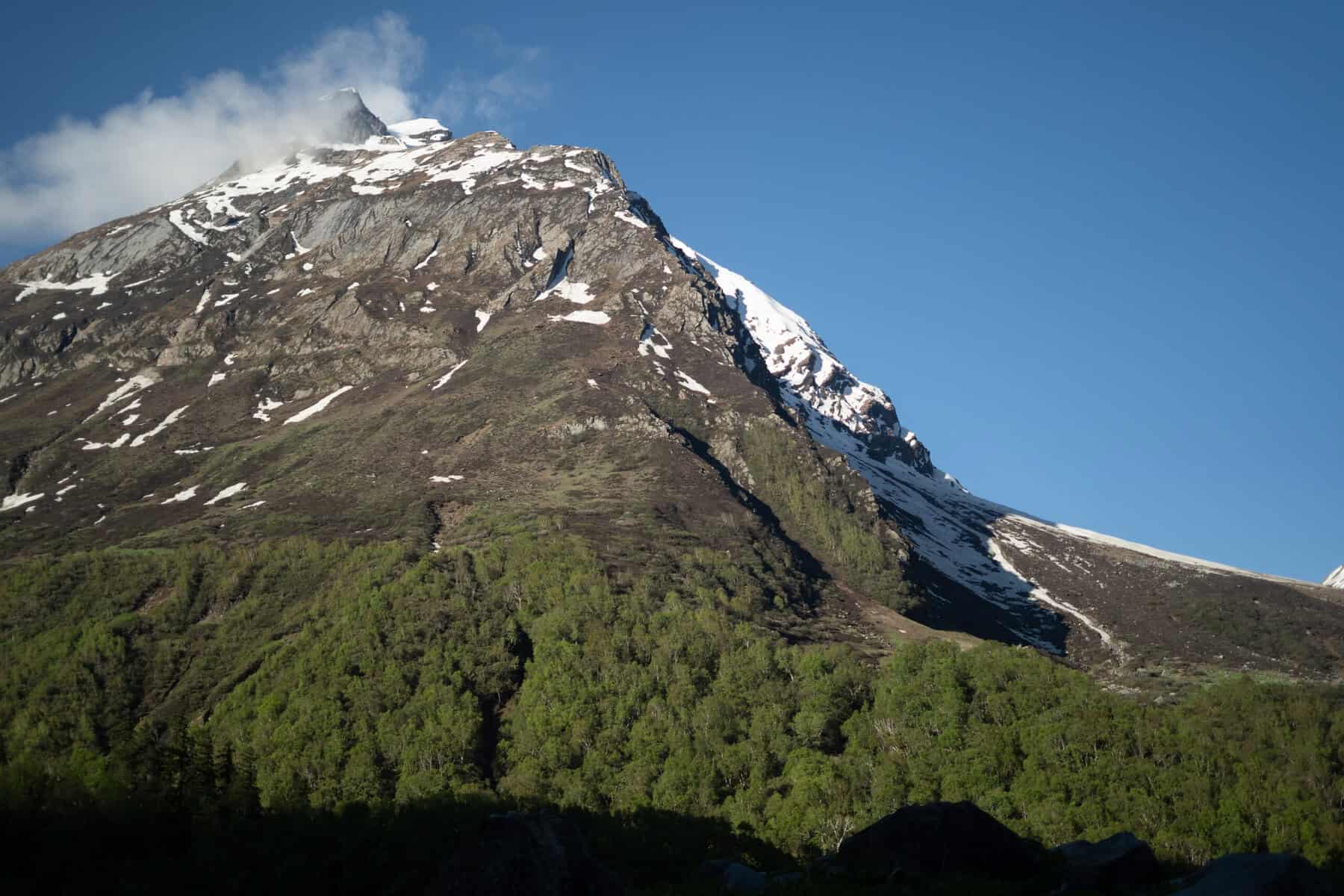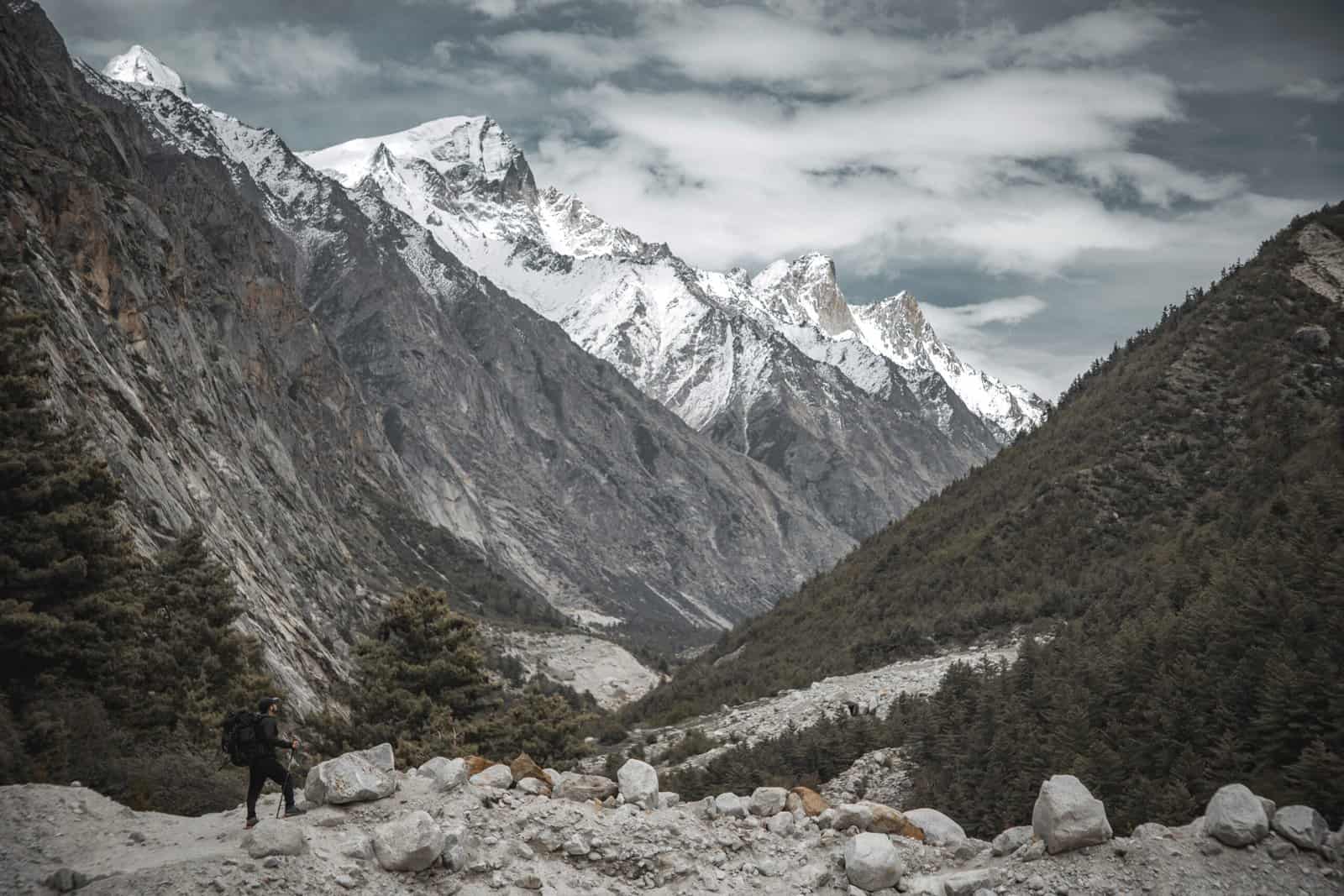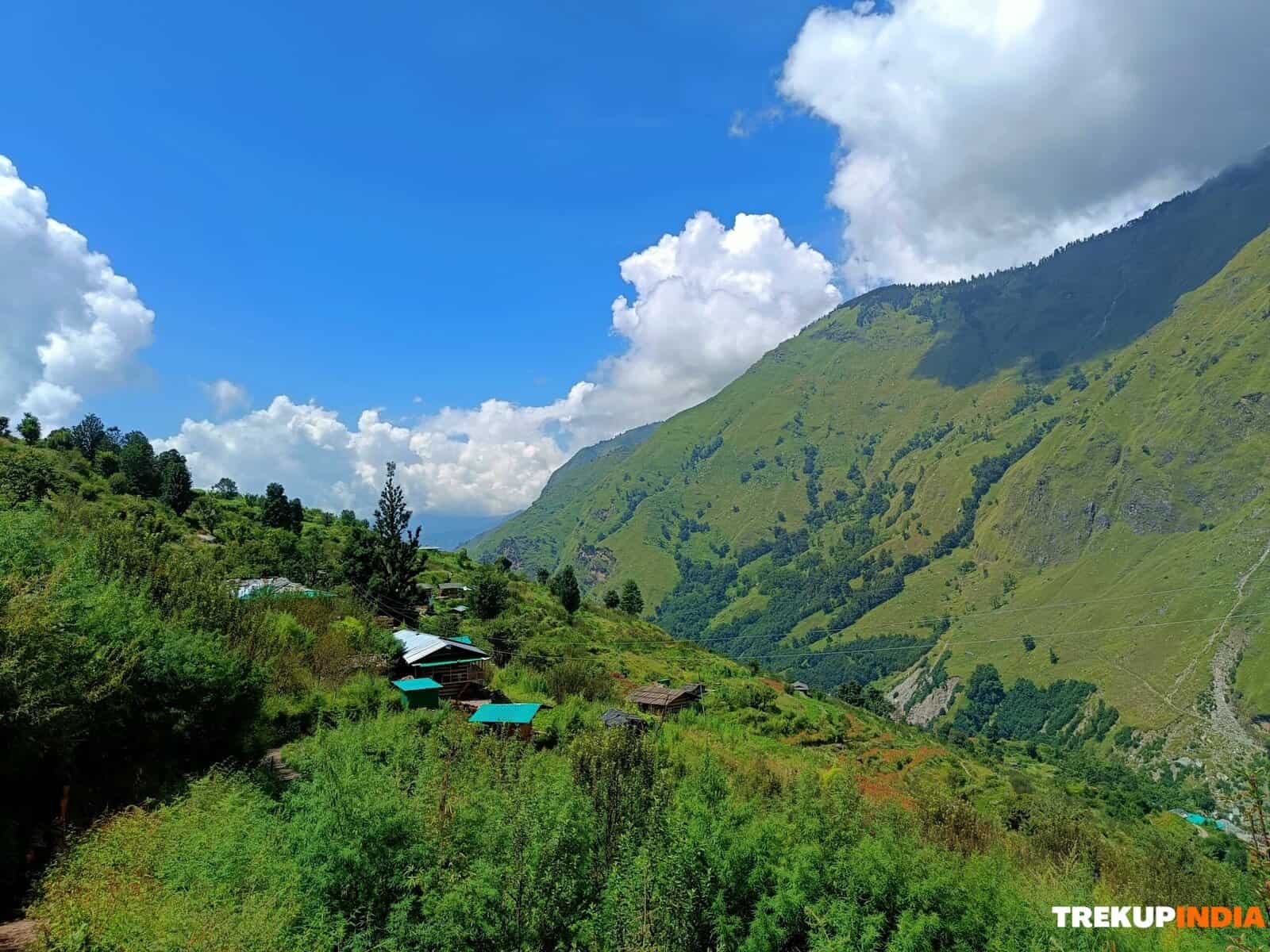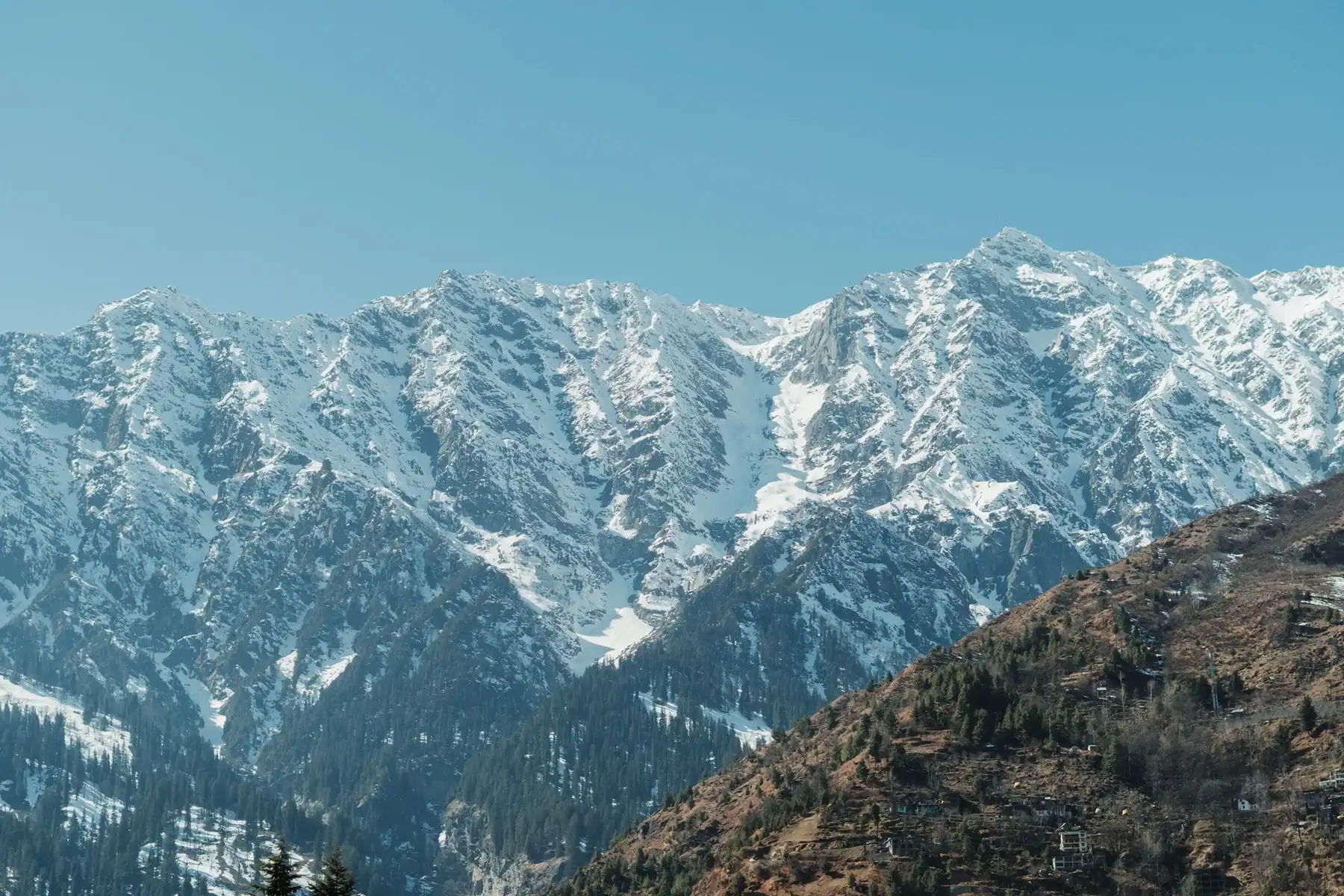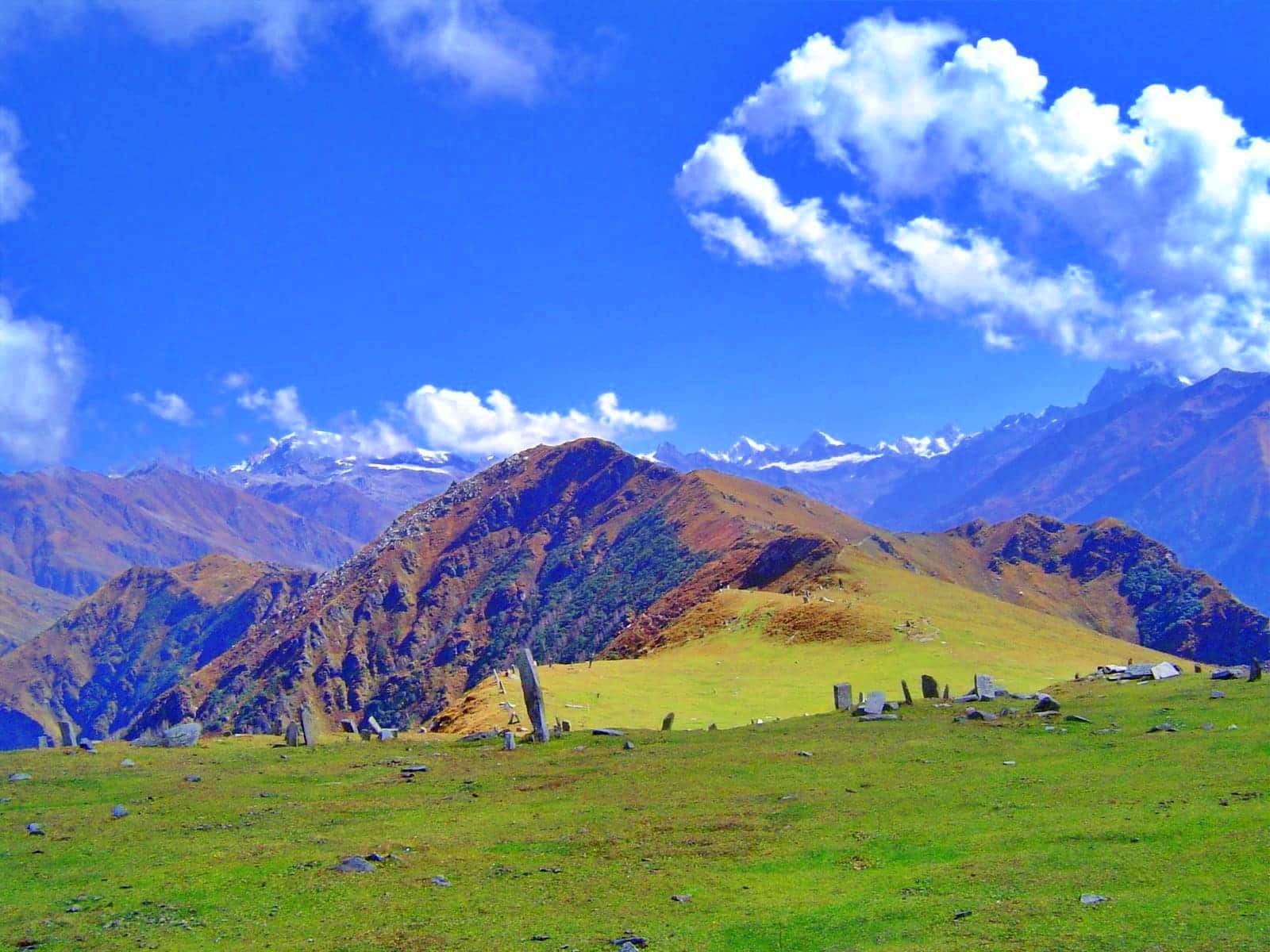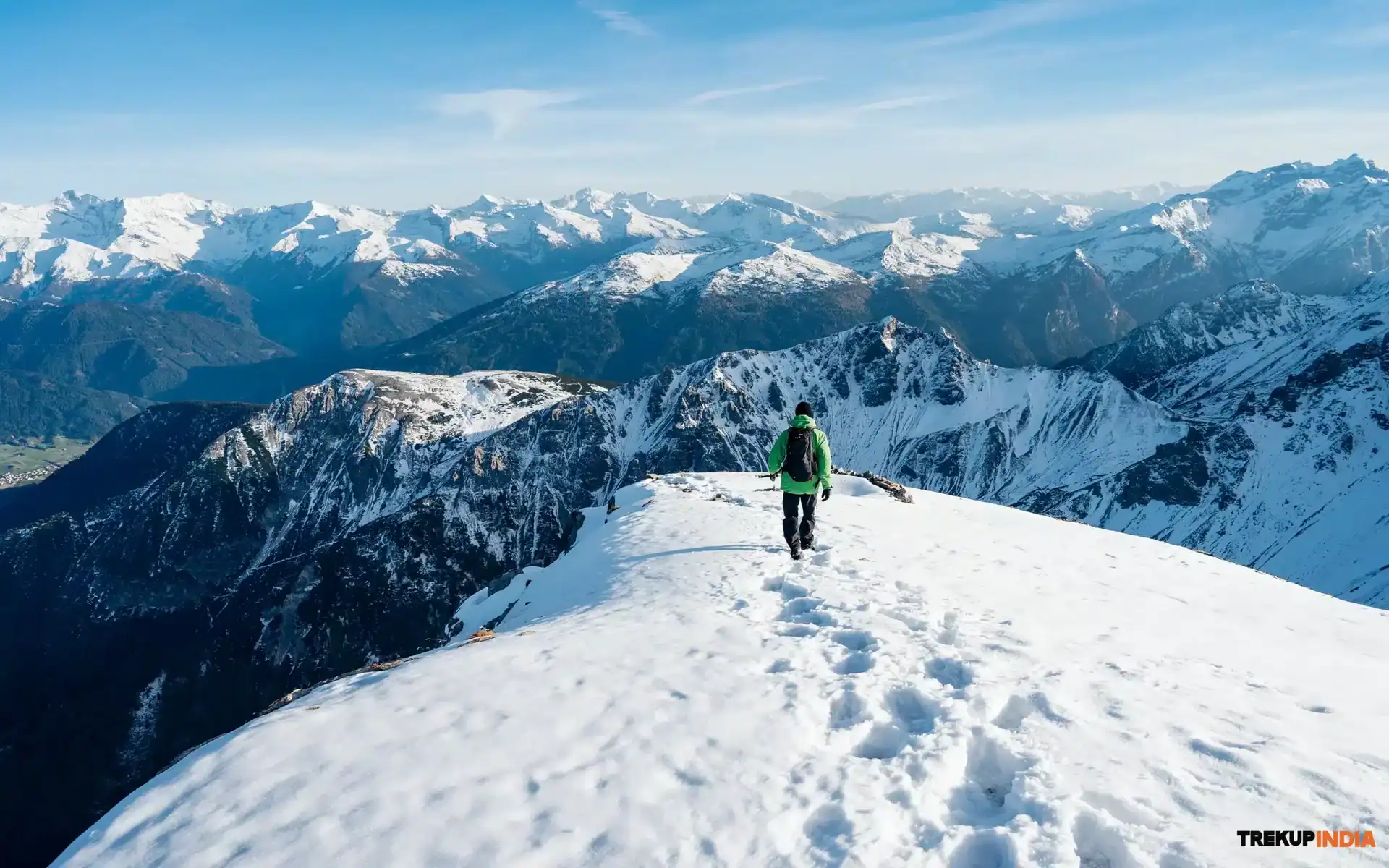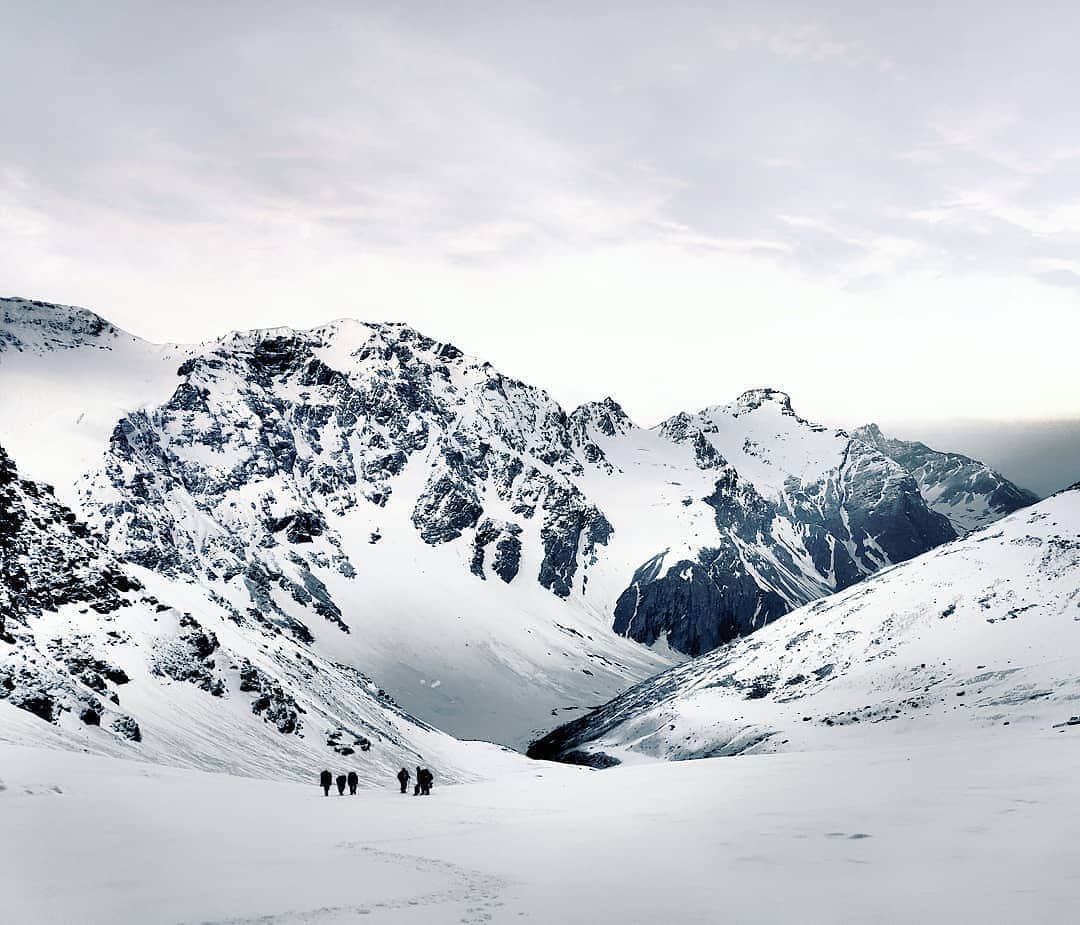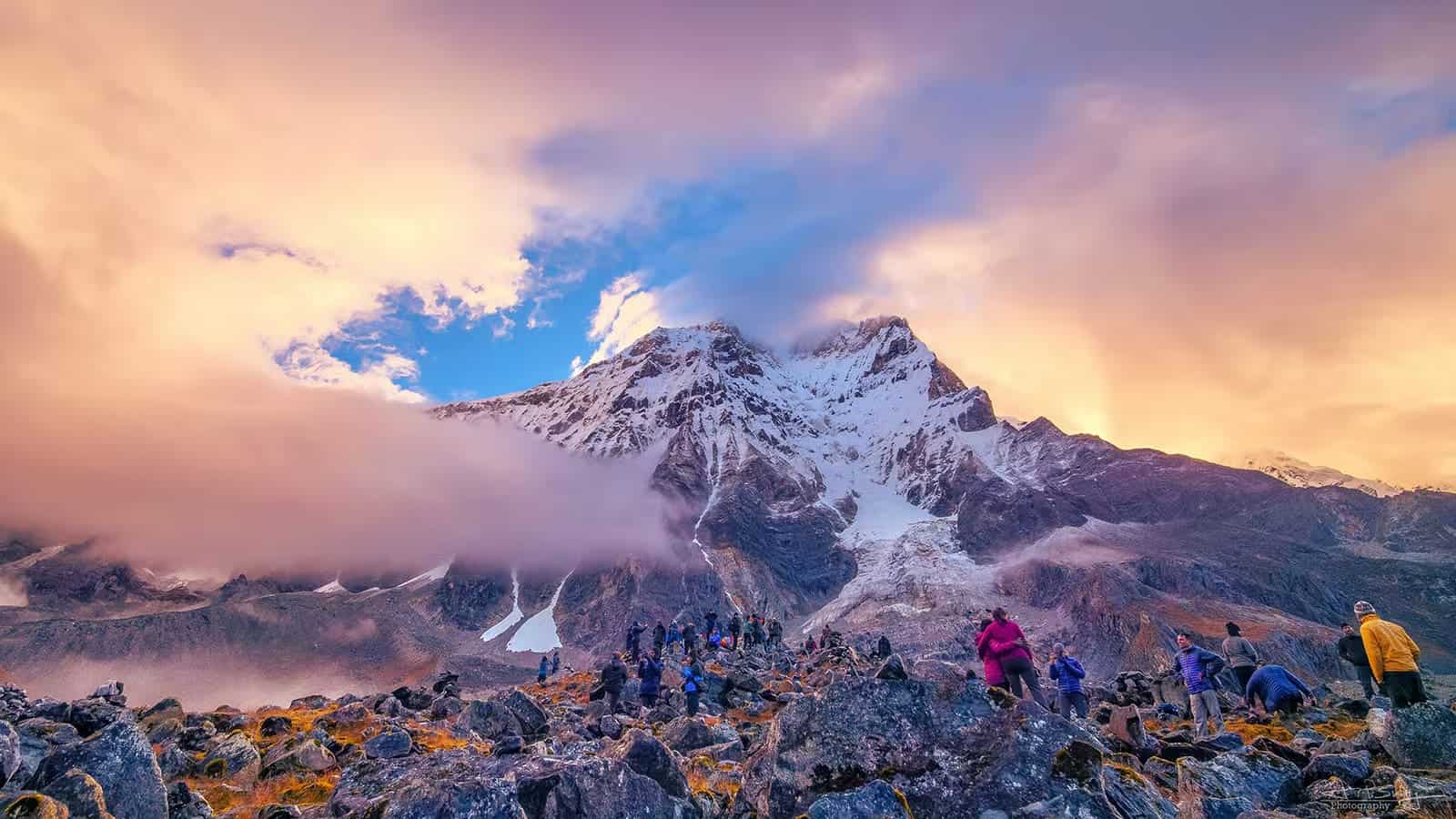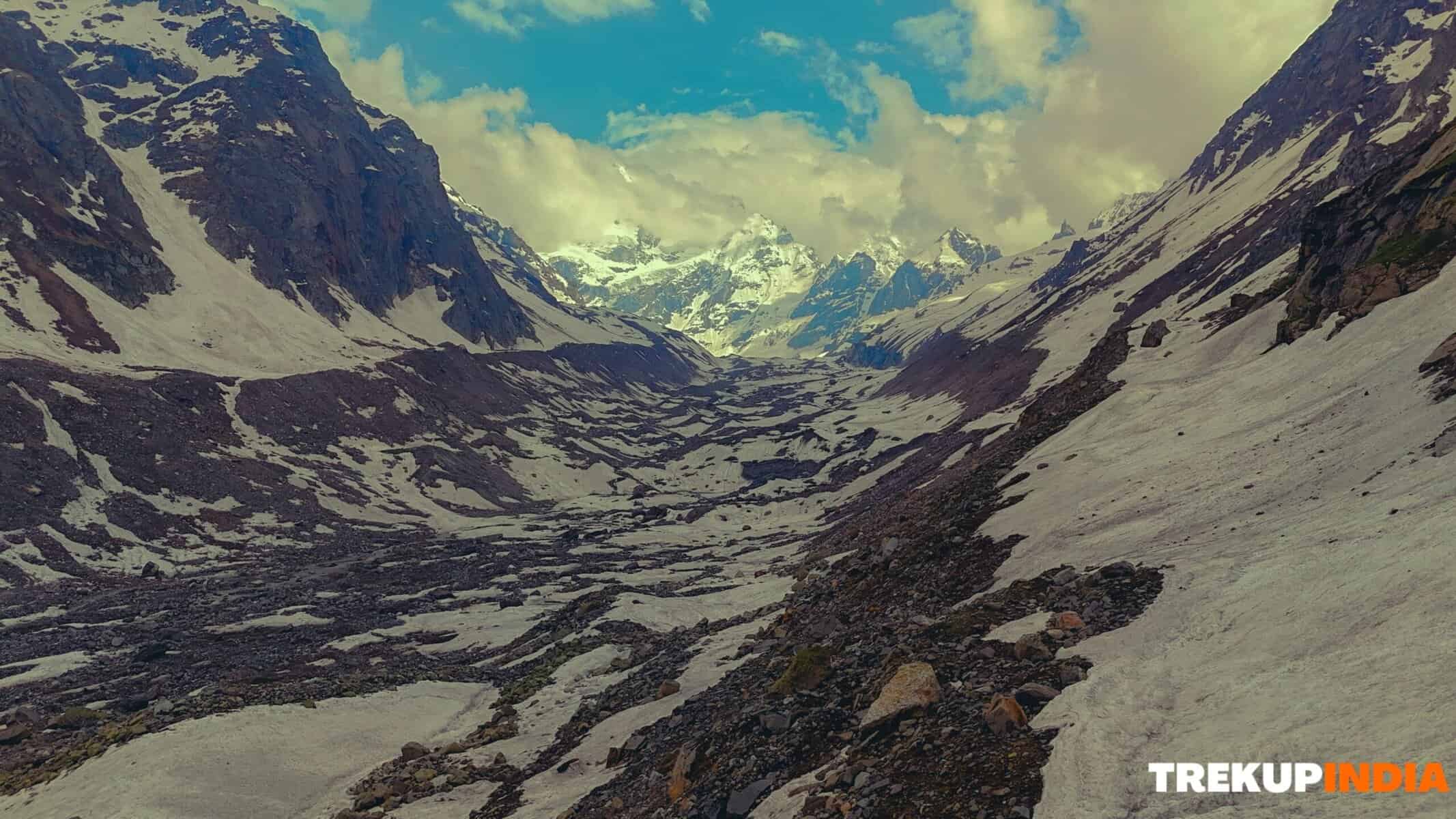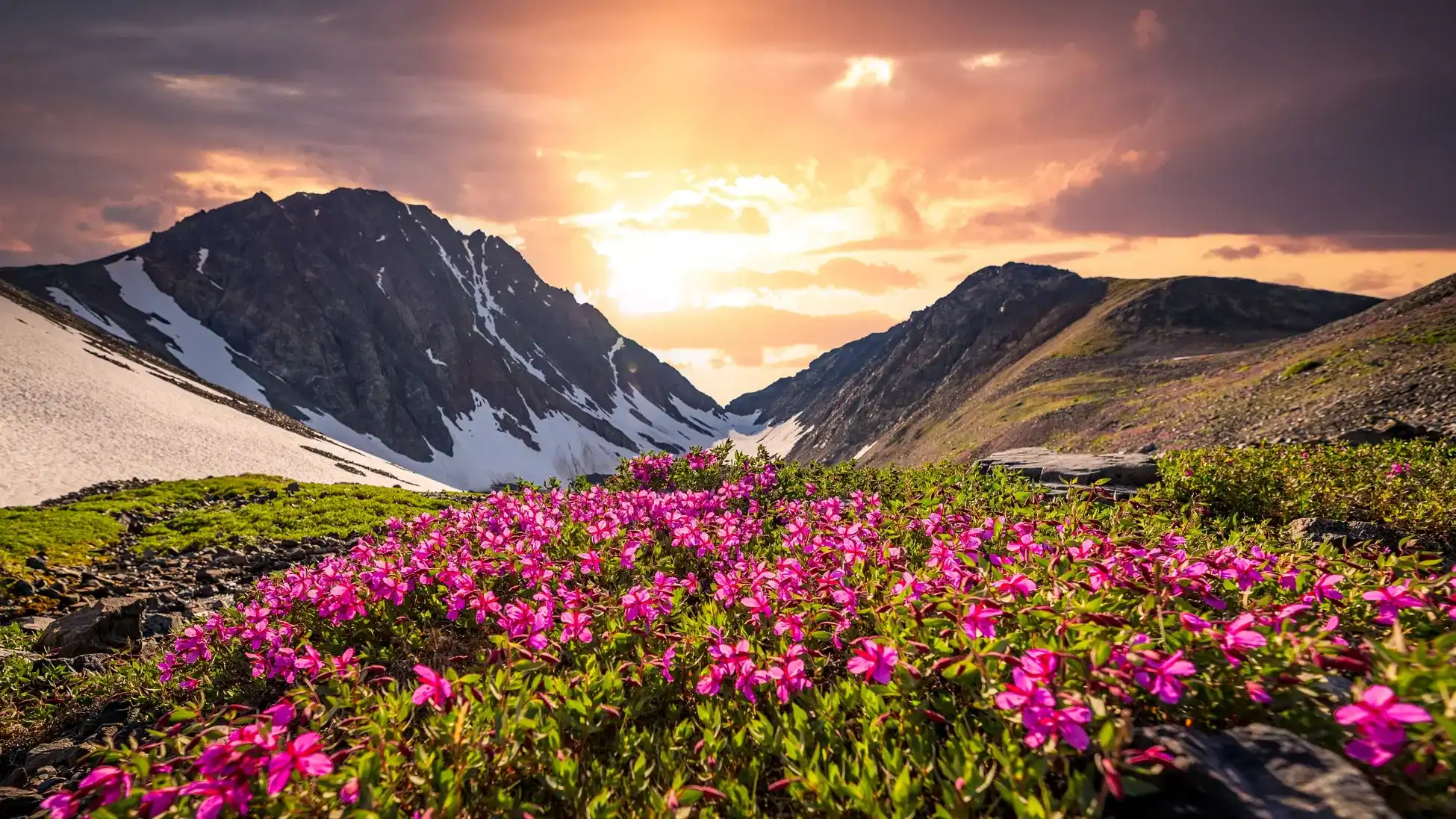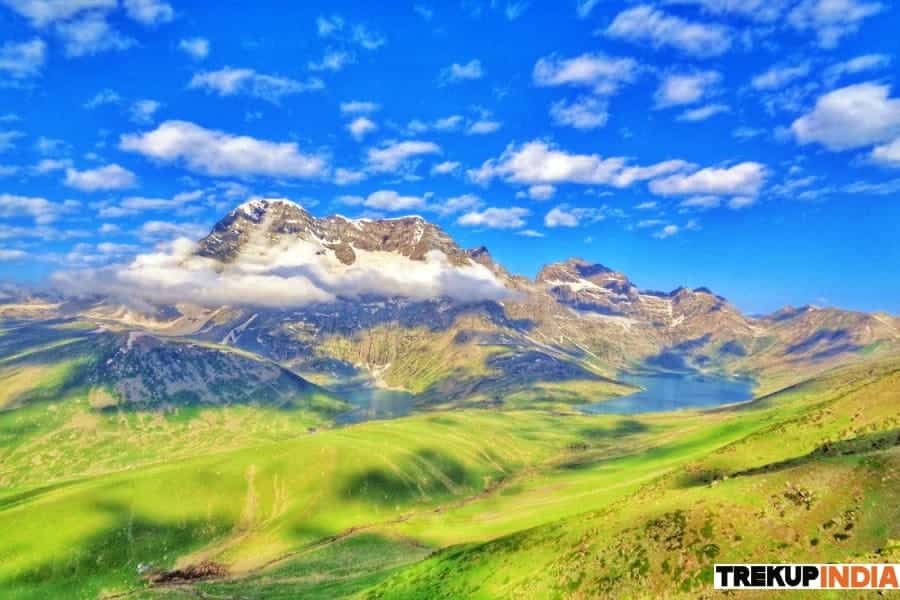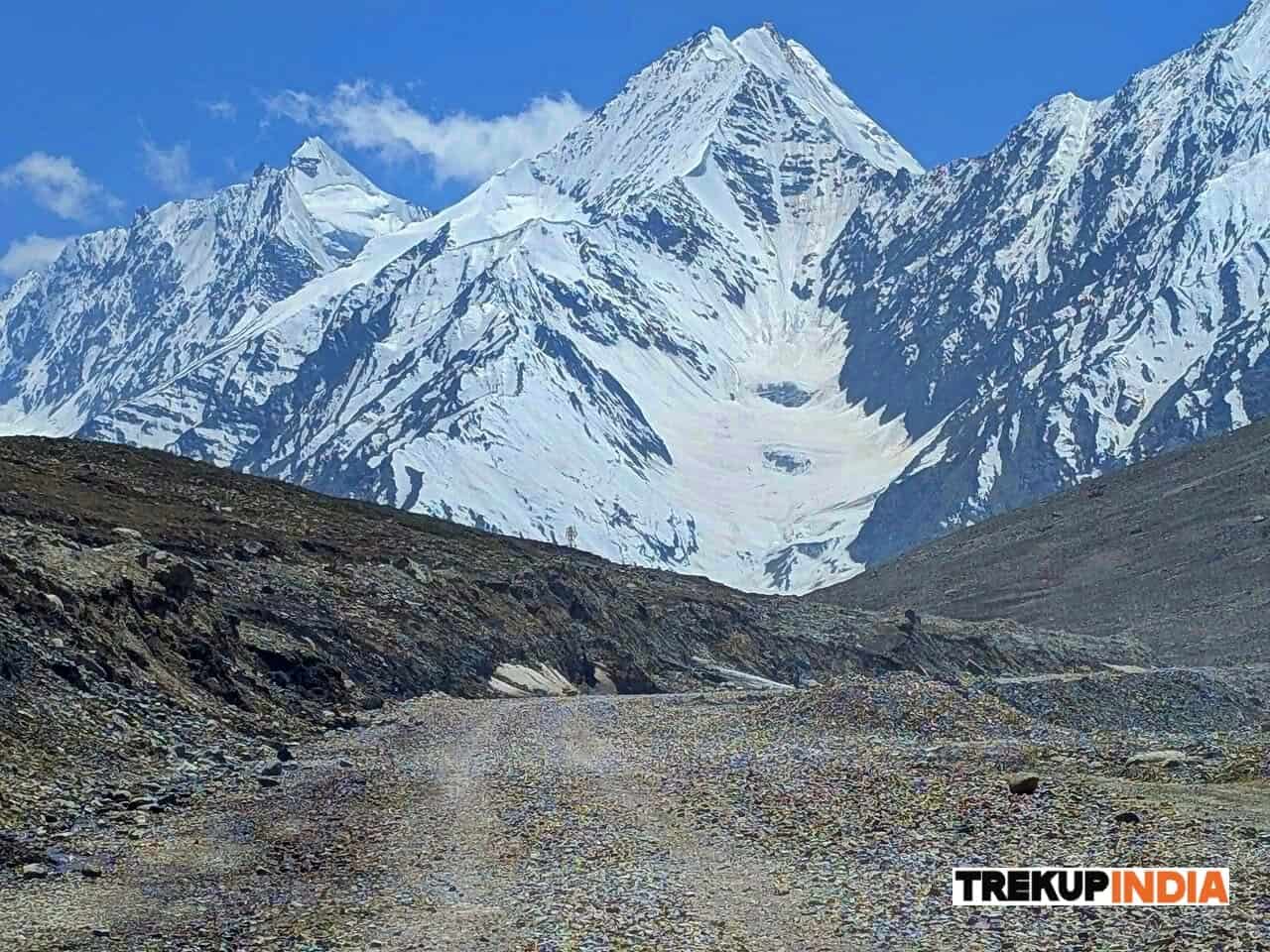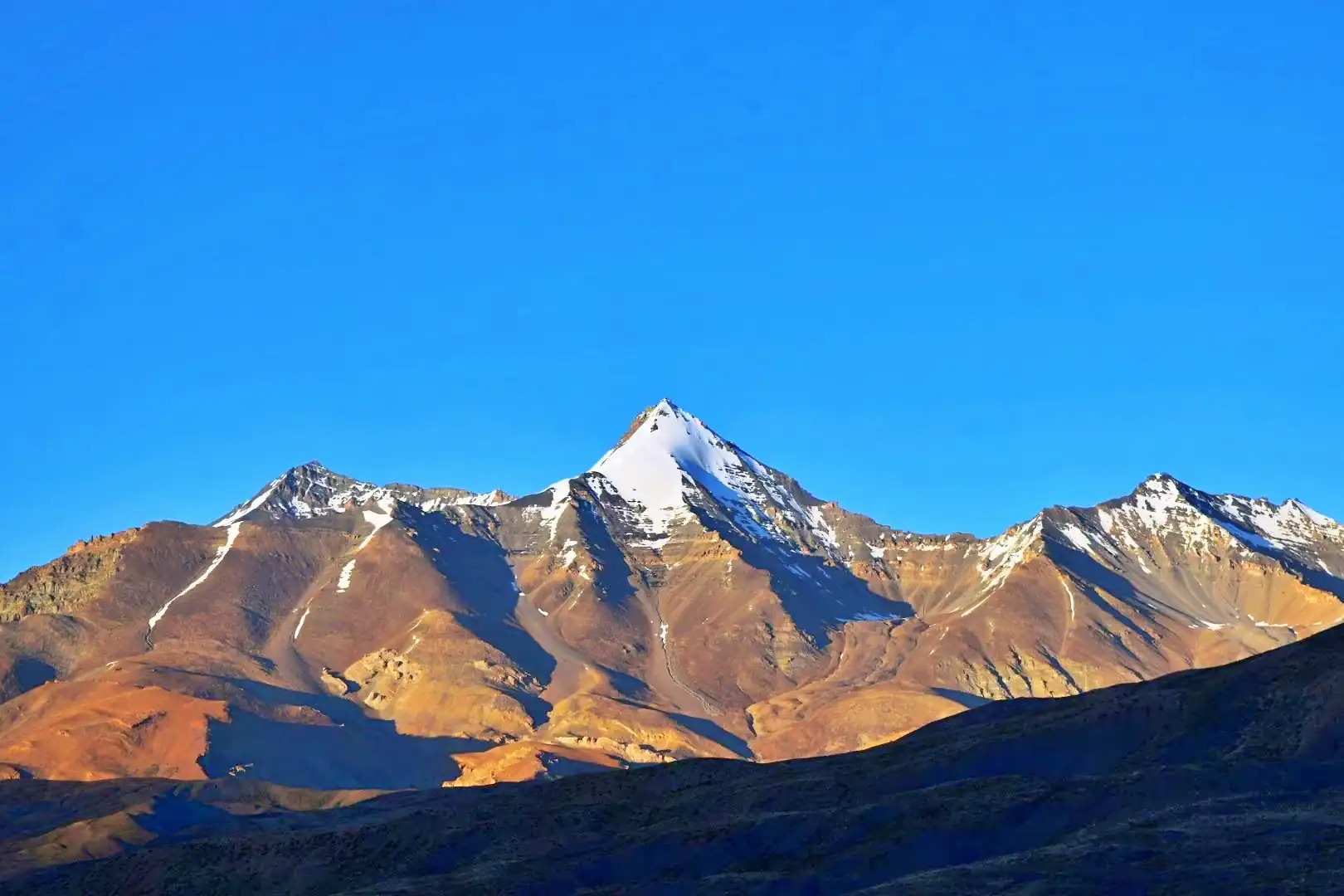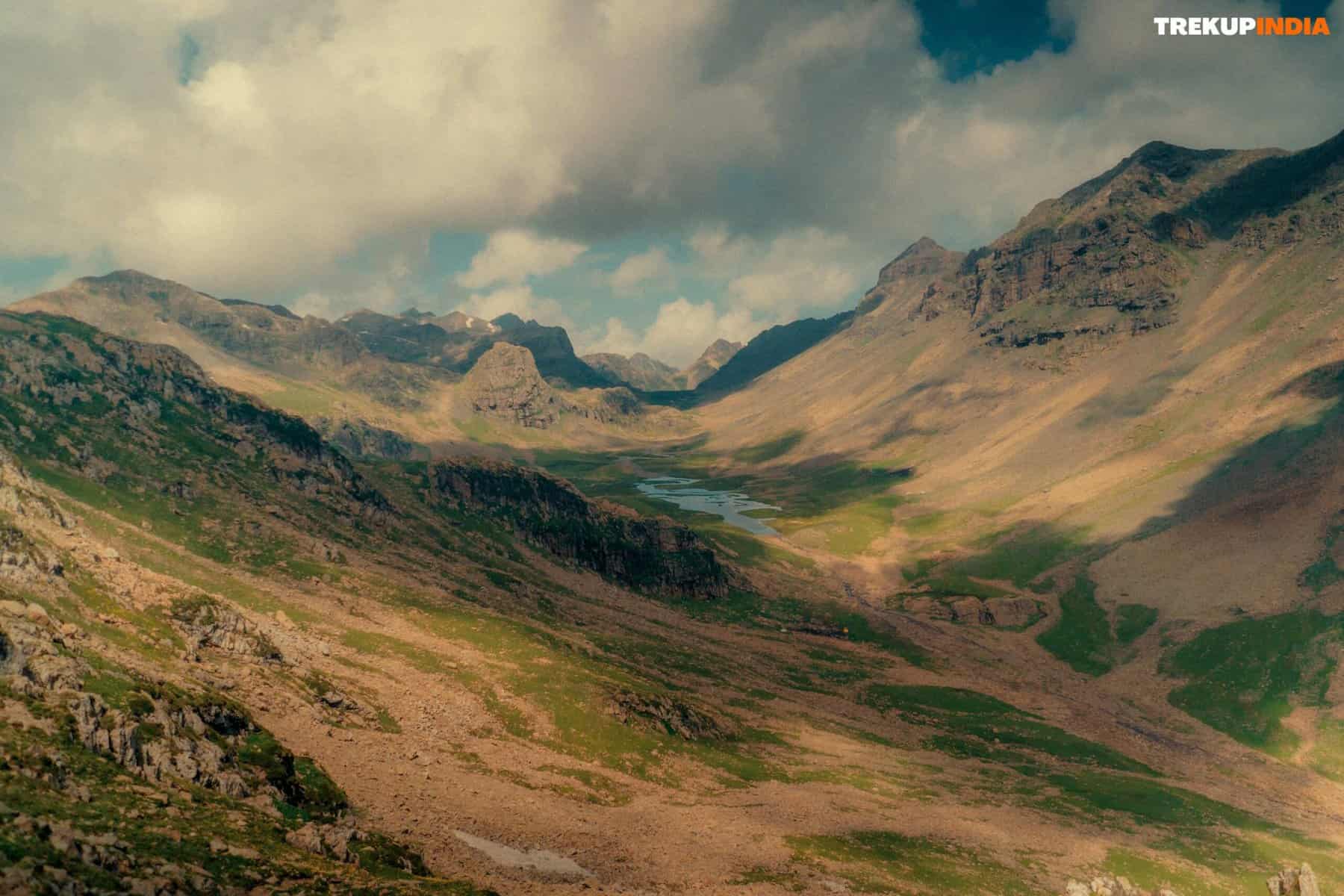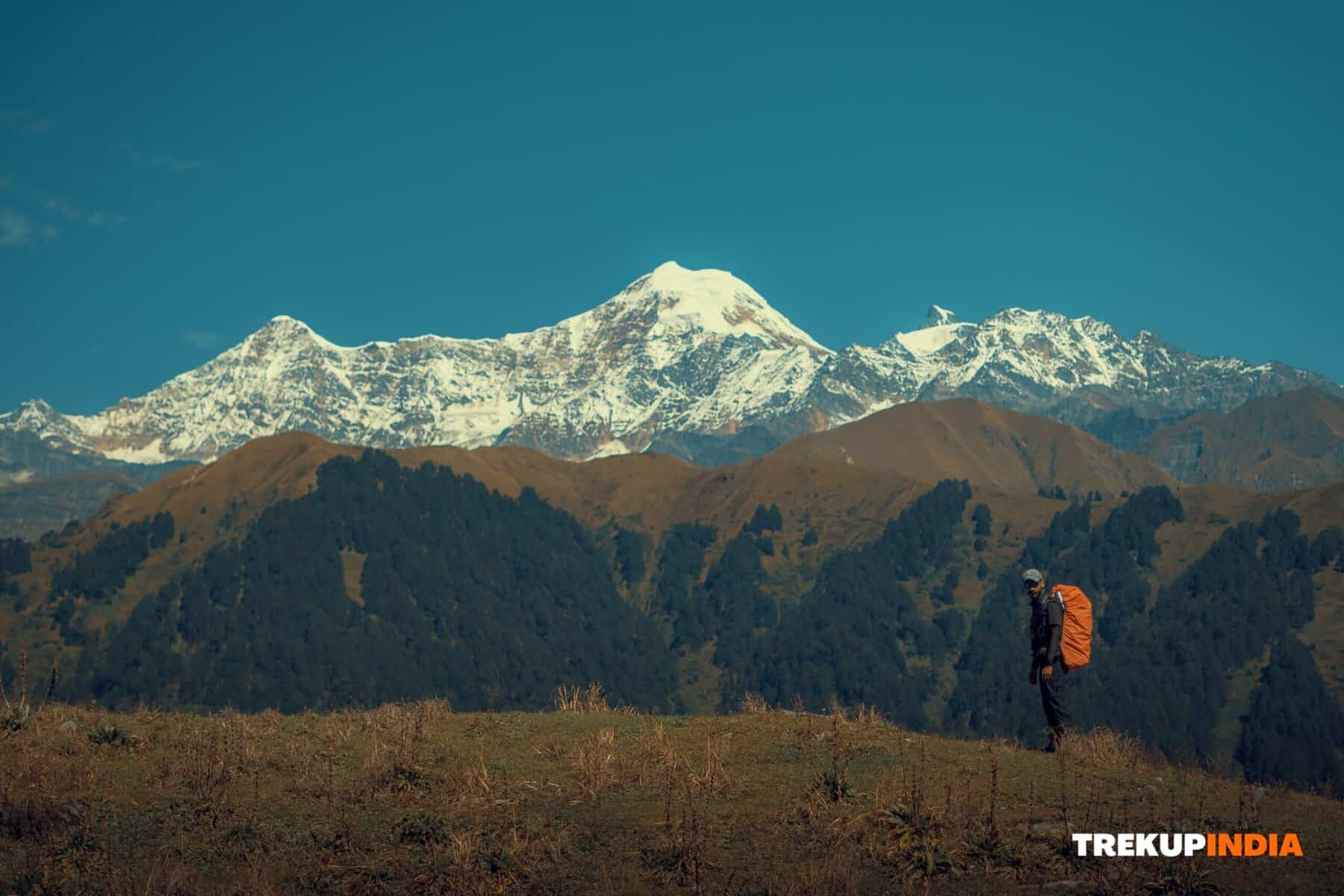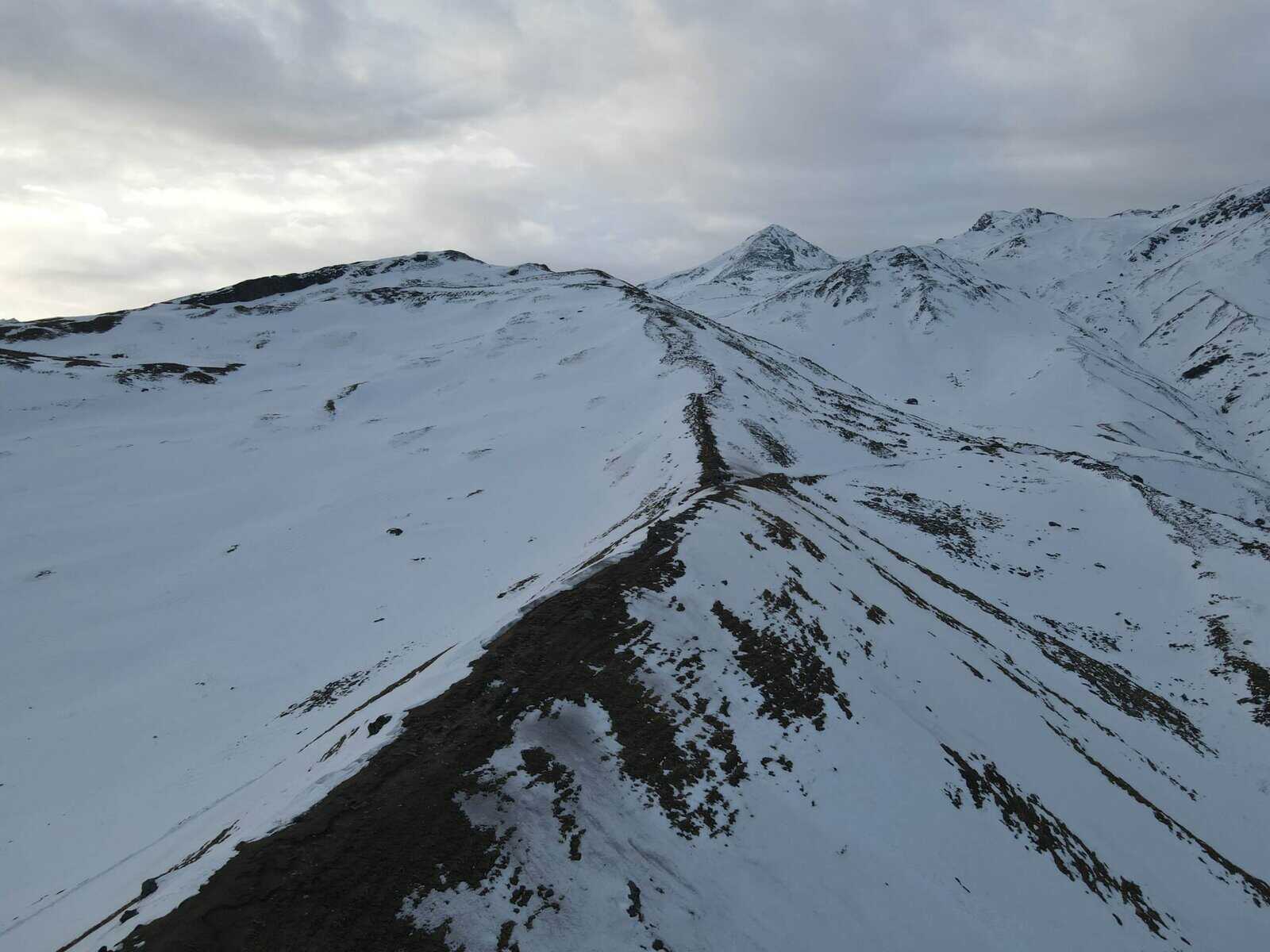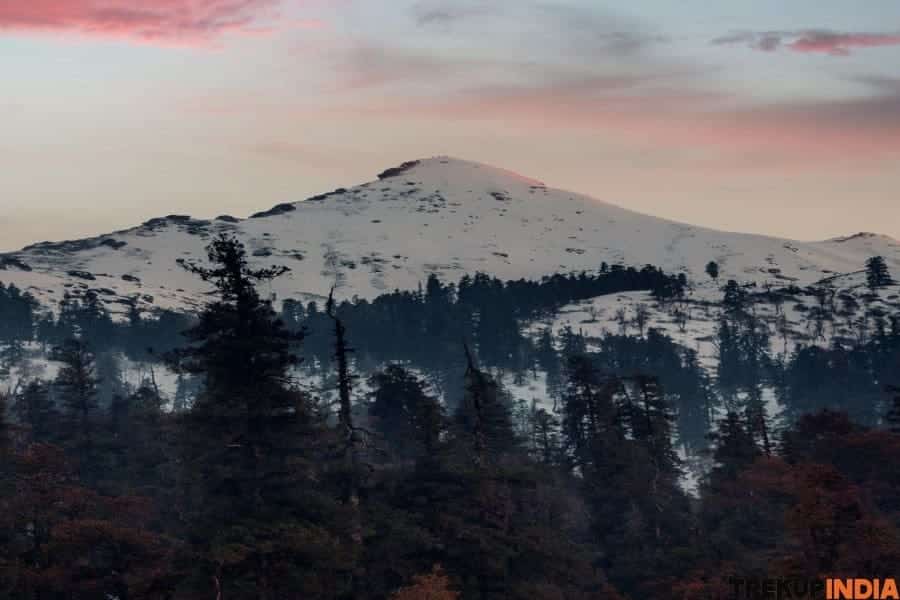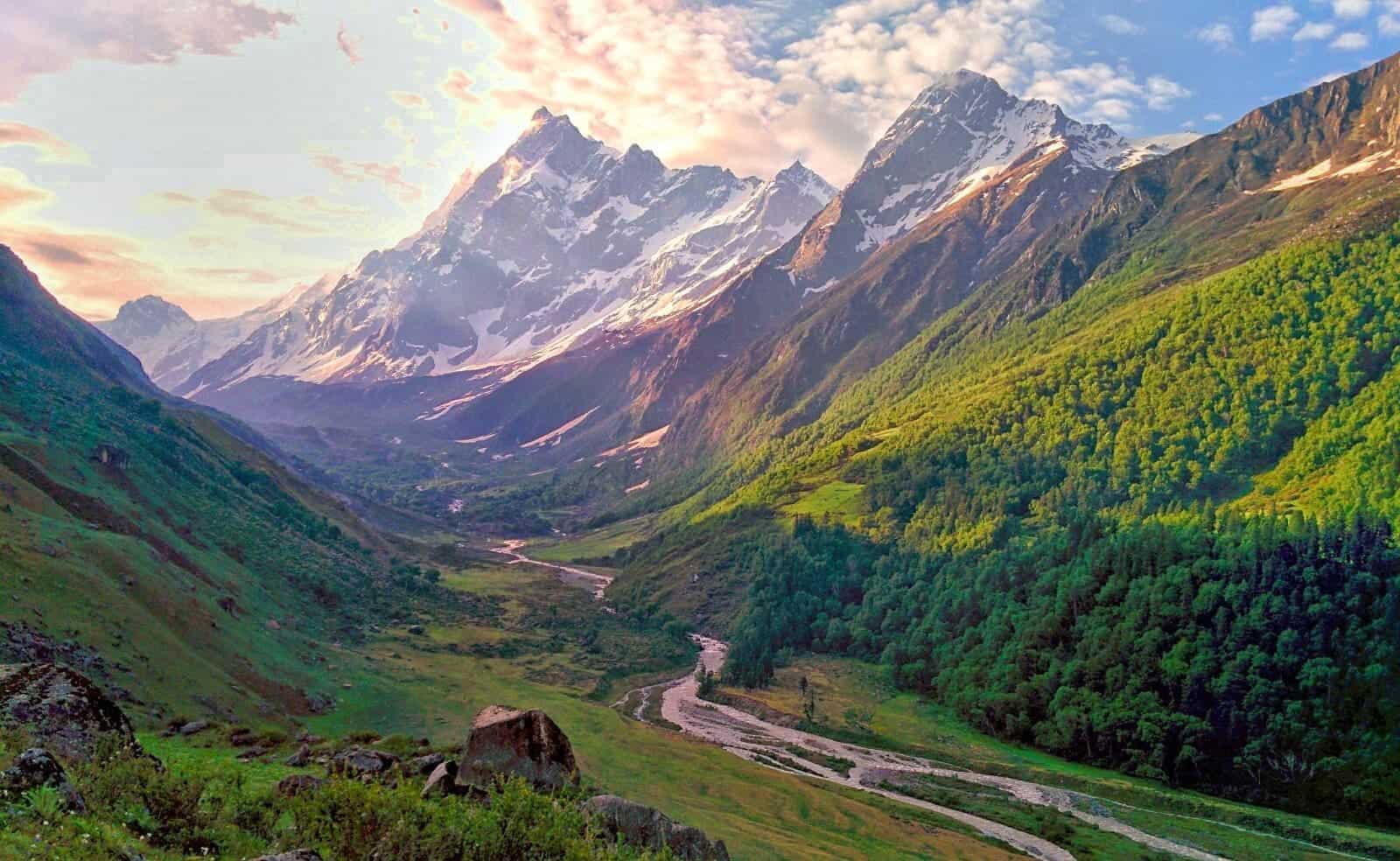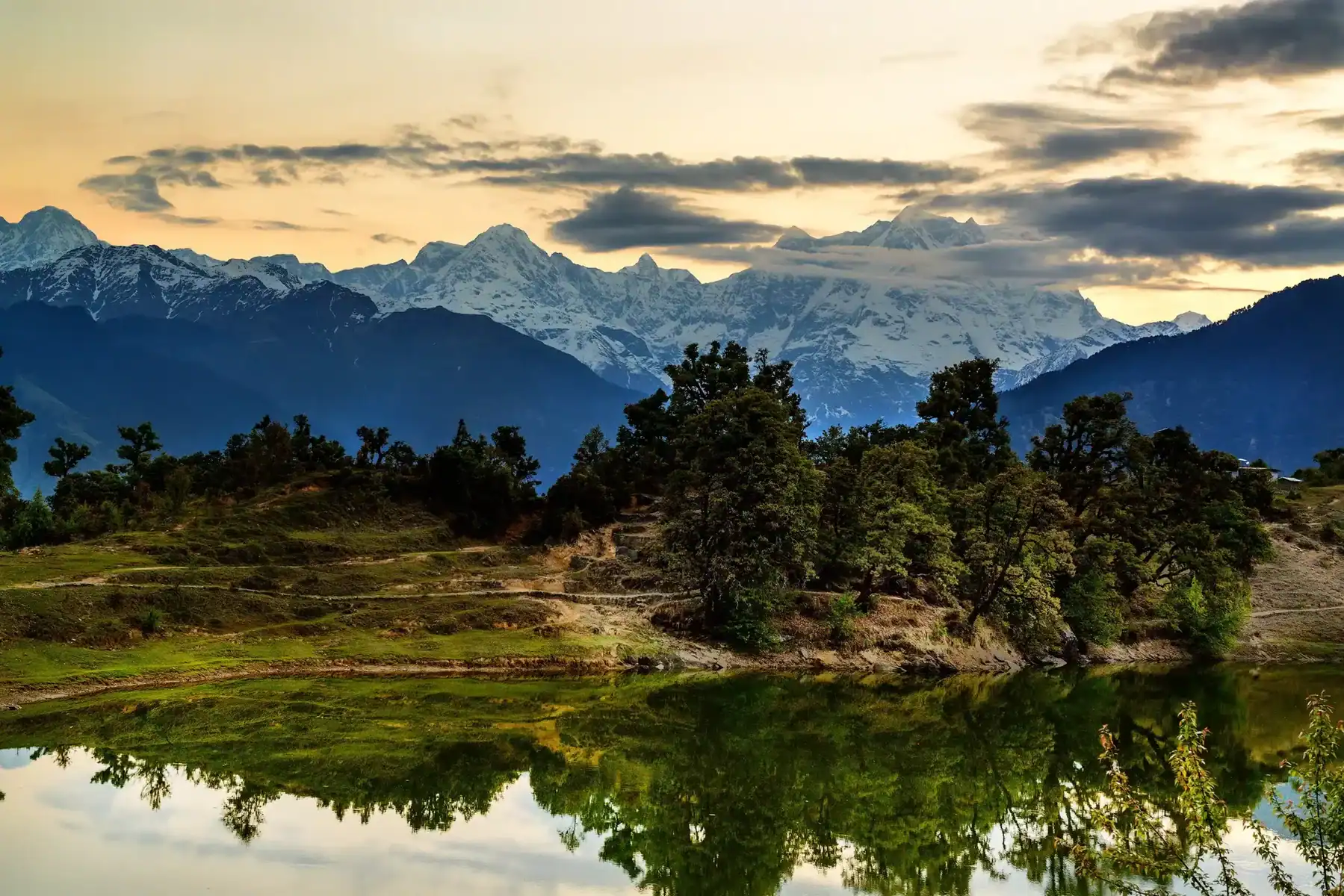Ultimate Lightweight Himalayan Trekking Packing List for Smart Travelers
An accomplished trekker quickly learns to pack light, every extra gram becomes apparent while traversing snowy passes, alpine pastures and high-altitude camp sites in the Himalayas. Pack only what is essential, choosing lightweight gear that can adapt easily to mountain conditions. This packing list is ideal for a 4-day trek or longer expedition at high altitude, providing ample warmth and dryness even during extreme conditions while still enabling rapid travel on the trail. At TrekUp India, we make every effort to travel light while still carrying all essentials.
Backpack Essentials
- Backpack 45-60L Lightweight with good support for the back and raincover included.
- Daypack (25-35L) designed for summit days or acclimatization hikes; also suitable as travel bag.
- Zip-lock bags or dry sacks can help protect electronic components as well as clothes when traveling.
Clothing: Layering is Key
Layering clothing in the Himalayas is key. Select lightweight materials that dry quickly and wick moisture away quickly for best results.
Upper Body: Wool or Synthetic Thermal Tops as base layers
- Mid layer (1) A lightweight fleece jacket or lightweight fleece.
- Outer Layer (1) A waterproof and windproof jacket made of Gore-Tex is essential.
- T-shirts suitable for trekking (2-3), made of quick-drying fabric.
- Sun Hoodie (1) for UV Protection
Lower Body: for Cold Mornings/Nights, Thermal Leggings are ideal.
- Convertible trousers are the ideal option for trekking pants (2).
- Shorts (optional) should be worn during lower-altitude treks.
- Other Items to Consider: (WARM HAT AND SUN CAP, and NECKAER/BUFF PROTECTS AGAINST DUST AND COLD).
- Lightweight gloves that can be waterproof are always preferred.
- Heavy Gloves for Trekking at High Altitude.
Footwear
- Trekking Shoes – Waterproof and ankle supportive (e.g. Quechua MH500 and Salomon X Ultra are examples).
- Camp Shoes Lightweight sandals/crocs designed for resting are essential items on camping trips.
- Trekking Socks (3-4 Pairs) – Merino Wool Blend
- Gaiters (optional) for snow/muddy paths.
Sleeping Gear
- Sleeping bag rated for at least -10degC depending on the trek
- Sleeping bag liners (optional). A sleeping bag liner adds warmth and keeps the bag clean, providing additional insulation and hygiene benefits.
- An inflatable sleeping pad is lightweight and compact.
Personal Hygiene & Toiletries
- Microfiber towel for quick drying time
- Brush + toothpaste in biodegradable small soap containers; face & body tissues are biodegradable too!
- Lip Balm With SPF 50+. [Sunscreen]. Moisturizer; Toilet Paper/Toilet Paper
- Women may prefer using a pee funnel.
- Menstrual Hygiene Products (with disposal bag).
First Aid and Medication
- Personal medications (Diamox; please consult with your physician to determine appropriate dosage).
- Electrolytes/ORS Sachets
- Antiseptic cream for blister care (band-aids and moleskin).
- Tablets of Pain Relief
- Anti-Nausea tablets
- Muscle Spray (Volini and similar).
- Your trek leader may carry a comprehensive first aid kit; however, you should always bring essentials with you on every trek.)
Electronics & Miscellaneous
- Extra batteries for headlamp (essential).
- Power banks with at least 10,000 mAh should be purchased.
- Lightweight camera or action camera (optional).
- Lightweight book/journal
- Trekking Pole (collapsible, lightweight and compact).
- Reusable water bottles (2x 1L, plus one 1L hydration bladders).
- Based on your specific needs, select from among energy bars/dry fruits/trail mix options.
- Plastic mug/spoon for individual use.
- All documents need to be placed inside of a Ziplock Bag with Government I.D (Aadhaar/Passport copy).
- When necessary, we provide medical certificates.
- Insurance details (if relevant).
- Emergency contacts information.
Pro Packing Tips from Trekup India
- Make use of the “Three Layer Rule,” consisting of base, insulation and outer shell layers to reduce weight while still offering protection.
- Bring only 2-3 changes of clothing; if time doesn’t allow for laundry, layer up and stay dry!
- As mountaineers don’t require perfume or makeup, use only minimal toiletries when packing their bags for an expedition.
- Packing cubes and compression bags are great tools for keeping gear organized while simultaneously minimizing bulk.
- Always consult the forecast and pack accordingly unless advised by a tour guide.
About Author
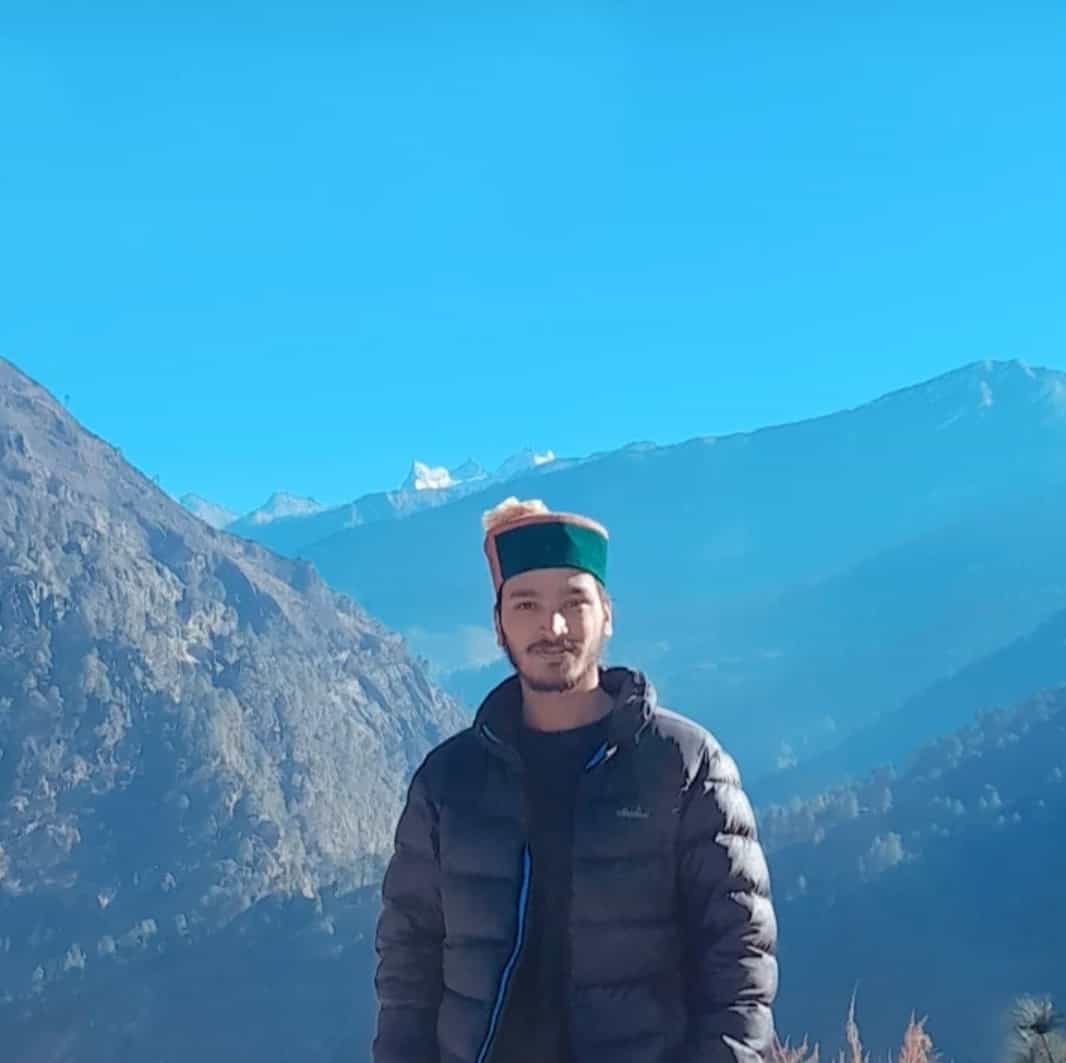
Anoop Rawat (Admin TrekUp India)
Anoop has worked for 5 years as a Trek Leader with TrekUpIndia, leading numerous treks across the diverse and challenging terrains of Uttarakhand and Himachal Pradesh. He holds a degree in Geology with a specialization in Geographic Information Systems (GIS) from UPES Dehradun. During his academic years, he actively applied his classroom knowledge in the field—most notably by contributing to a glacier research project on the Jundar Glacier in the Har Ki Dun Valley, Uttarakhand. Write Anoop at anoop@trekupindia.com
Share this article
Dates For Upcoming Treks
Want To Trek Like Pro?
Basically, watch these videos if you want to trek the same way professional trekkers do and make your skills better. These videos contain useful tips and techniques to further improve your trekking skills itself. These videos actually help both new and experienced trekkers improve their trekking skills. These videos definitely provide useful tips that make your trek better. We are seeing that these videos by Trekup India experts will only help you make your trekking skills better.
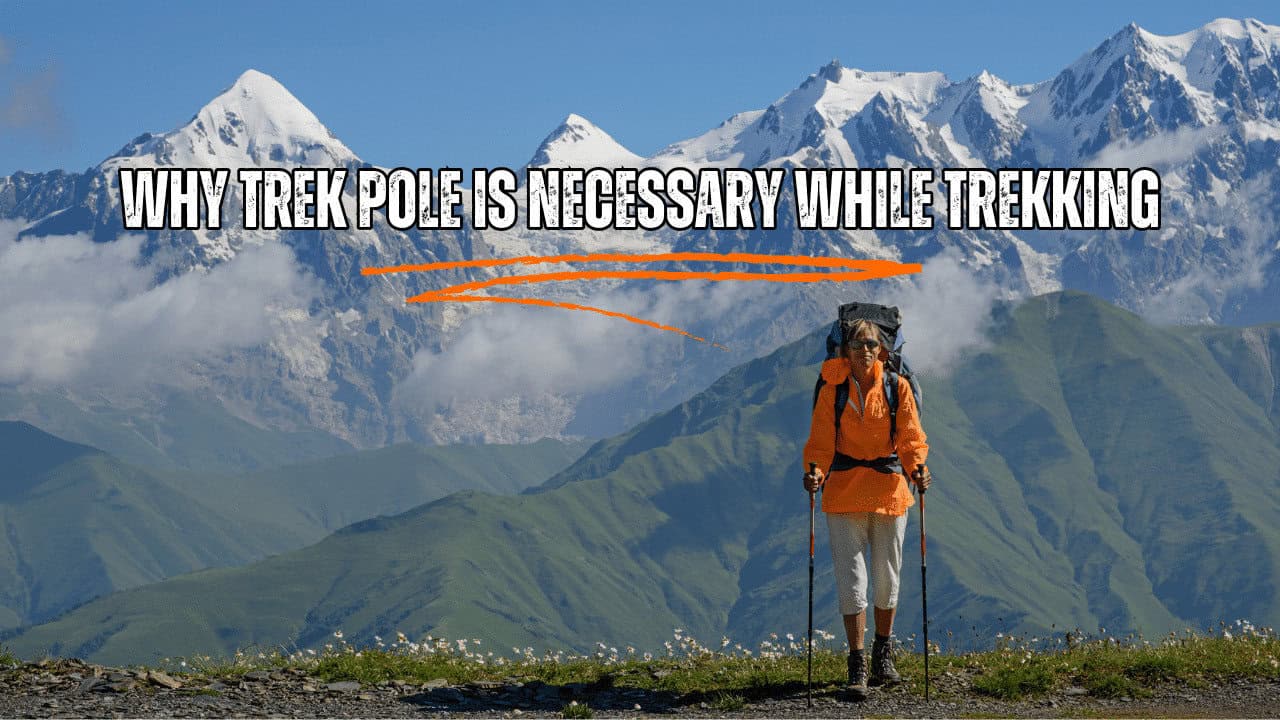
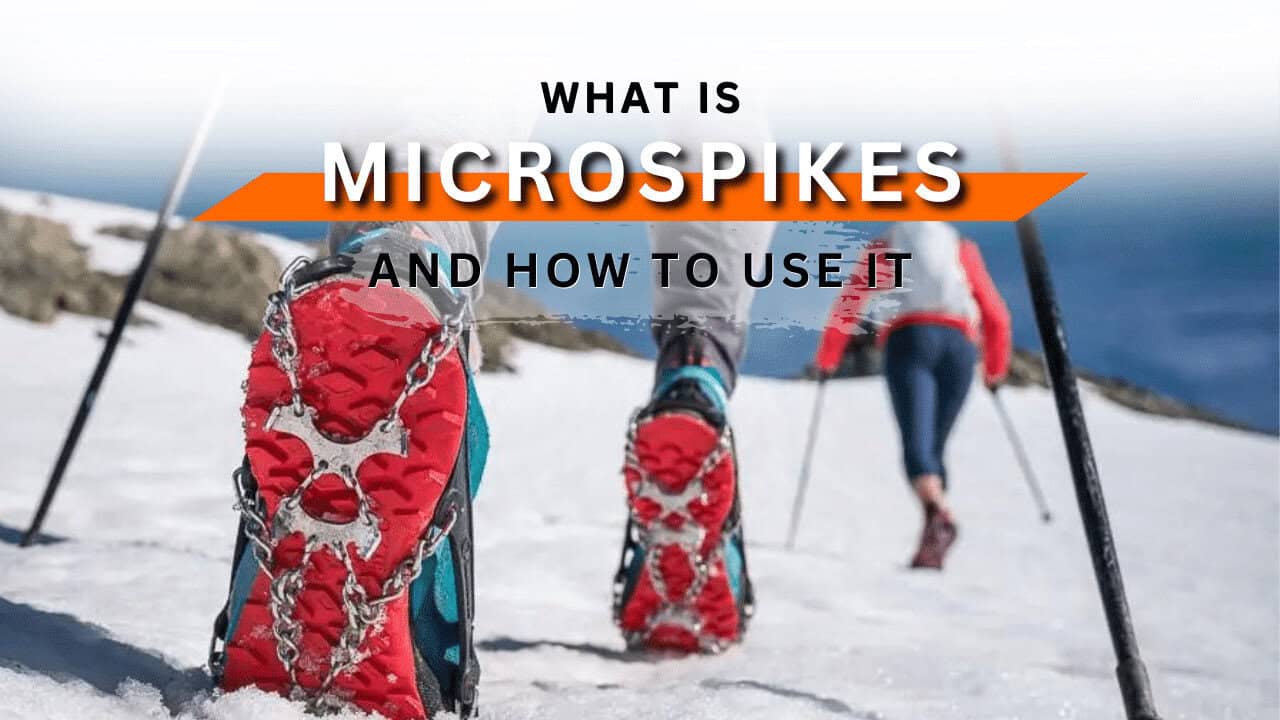
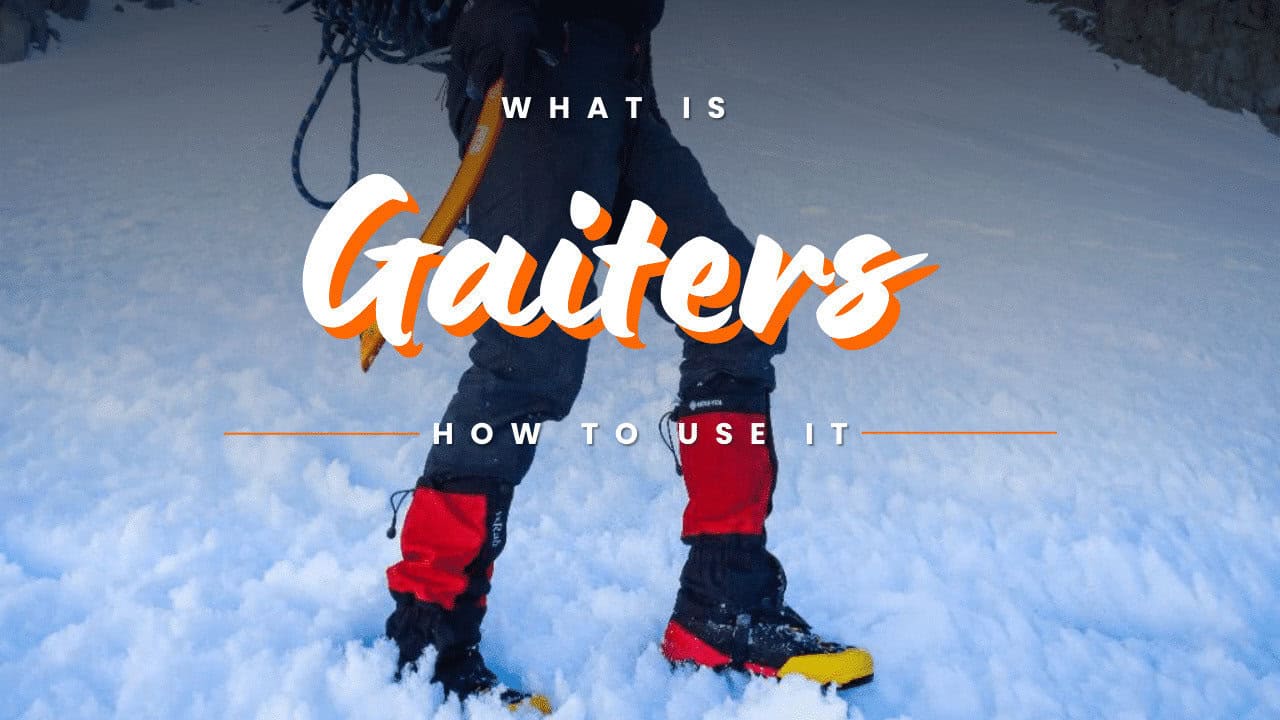

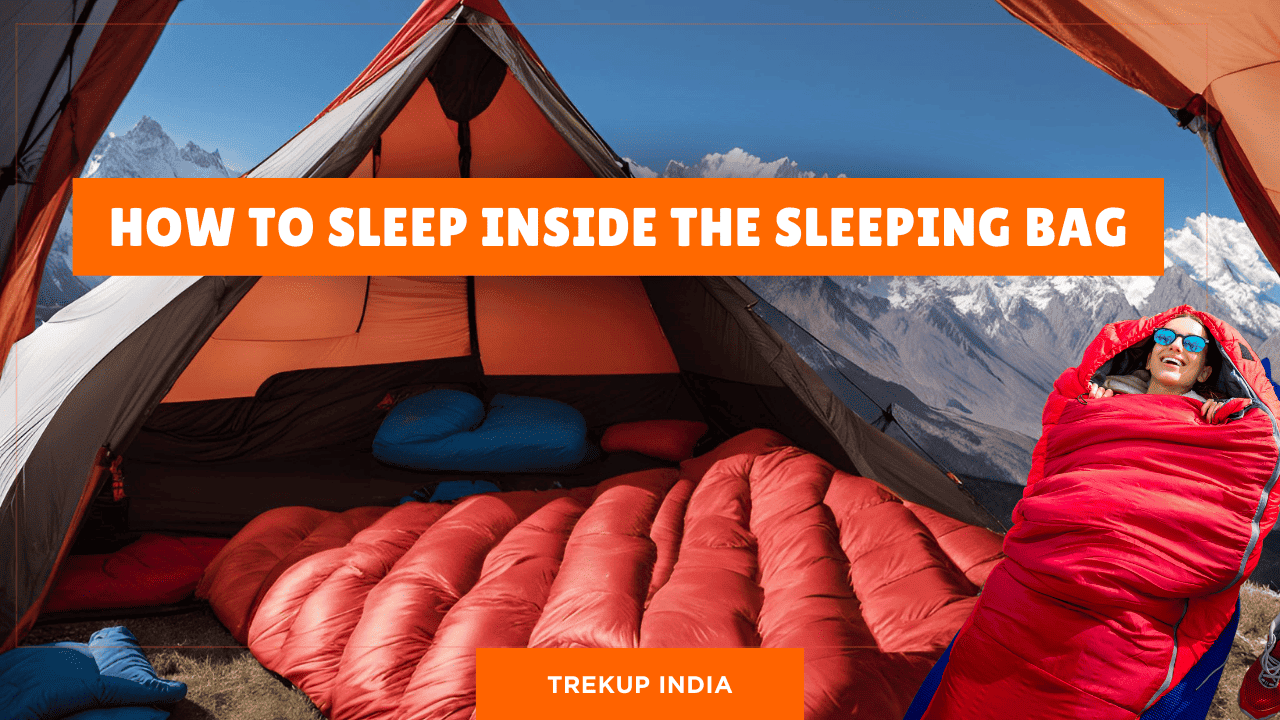

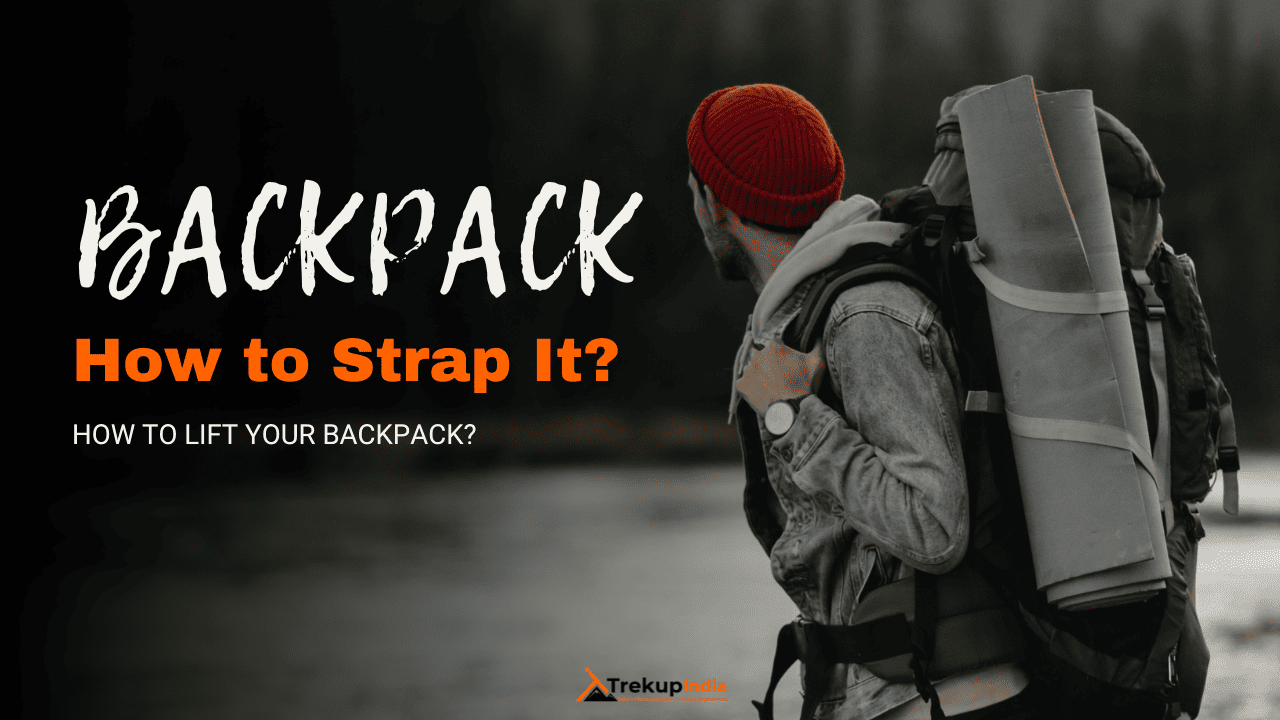
Know Everything About Acute Mountain Sickness
Acute Mountain Sickness occurs when people trek to high altitudes above 8,000 feet. This condition itself develops further due to reduced oxygen levels at such heights. Basically, as you go higher up, the air pressure and oxygen levels decrease, which causes the same problem. Acute Mountain Sickness surely causes headache, nausea, vomiting, and dizziness in affected persons. Moreover, peoples also experience difficulty in sleeping during this condition. To avoid mountain sickness, you should actually trek up slowly to higher altitudes. To learn further about this condition itself, watch the videos by Trekup India.
